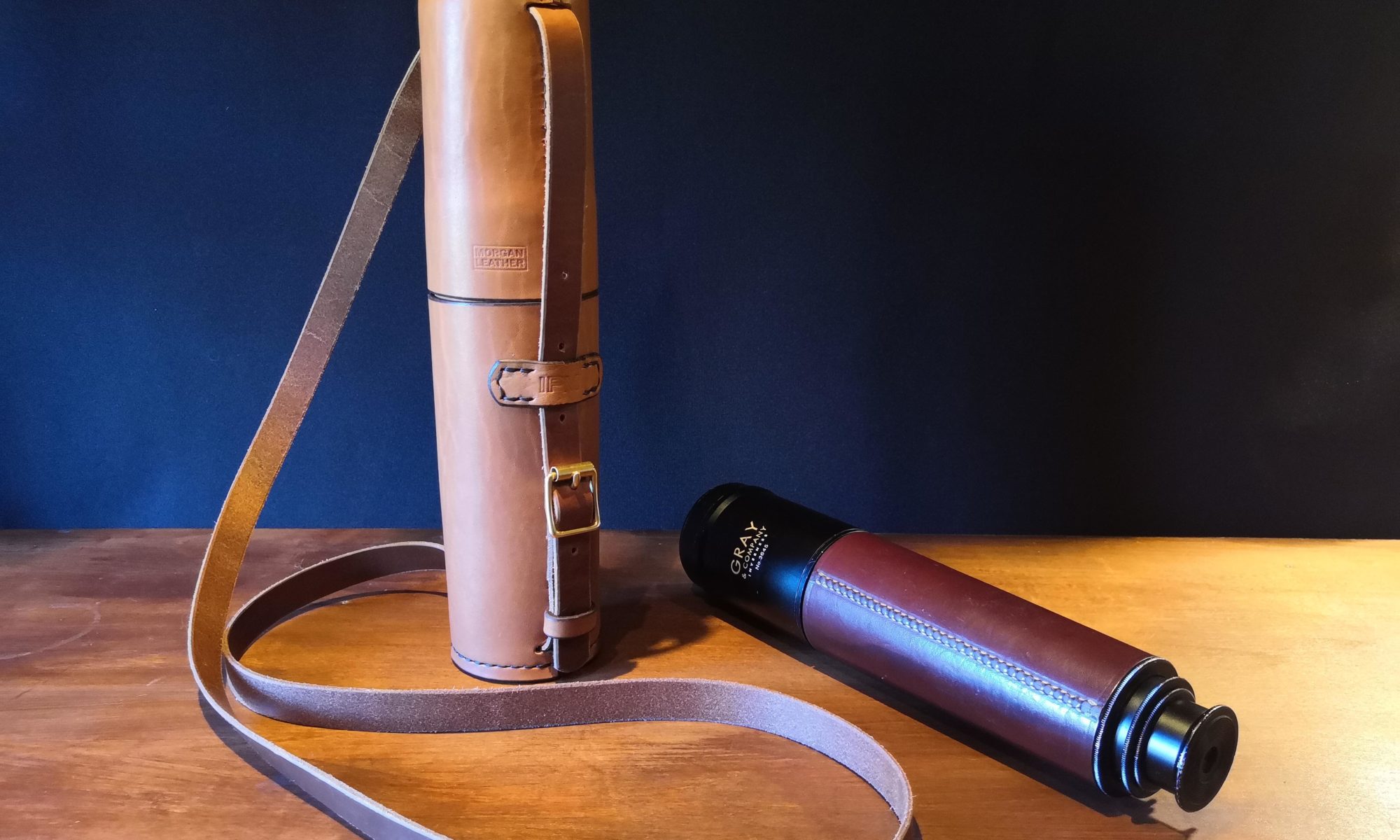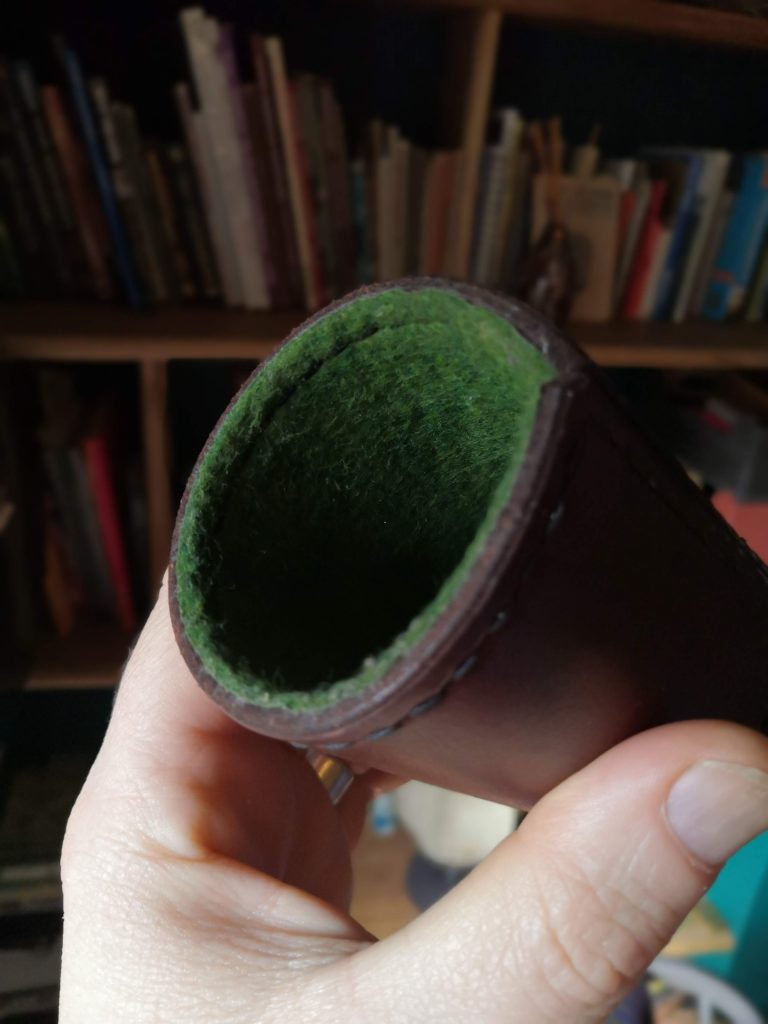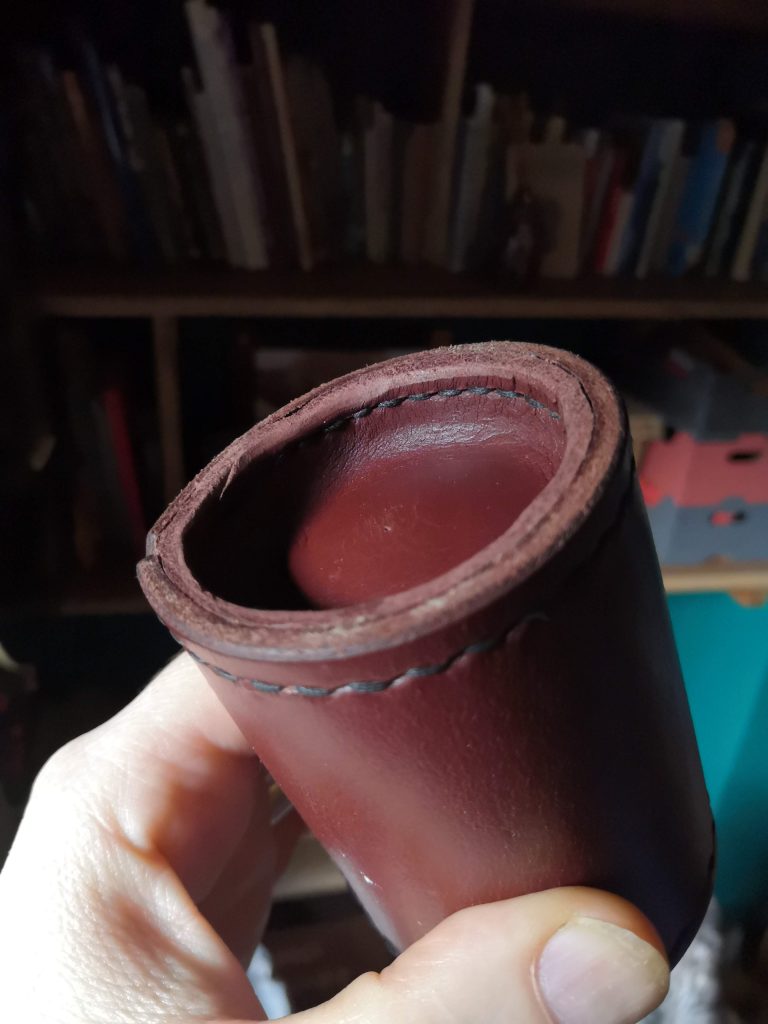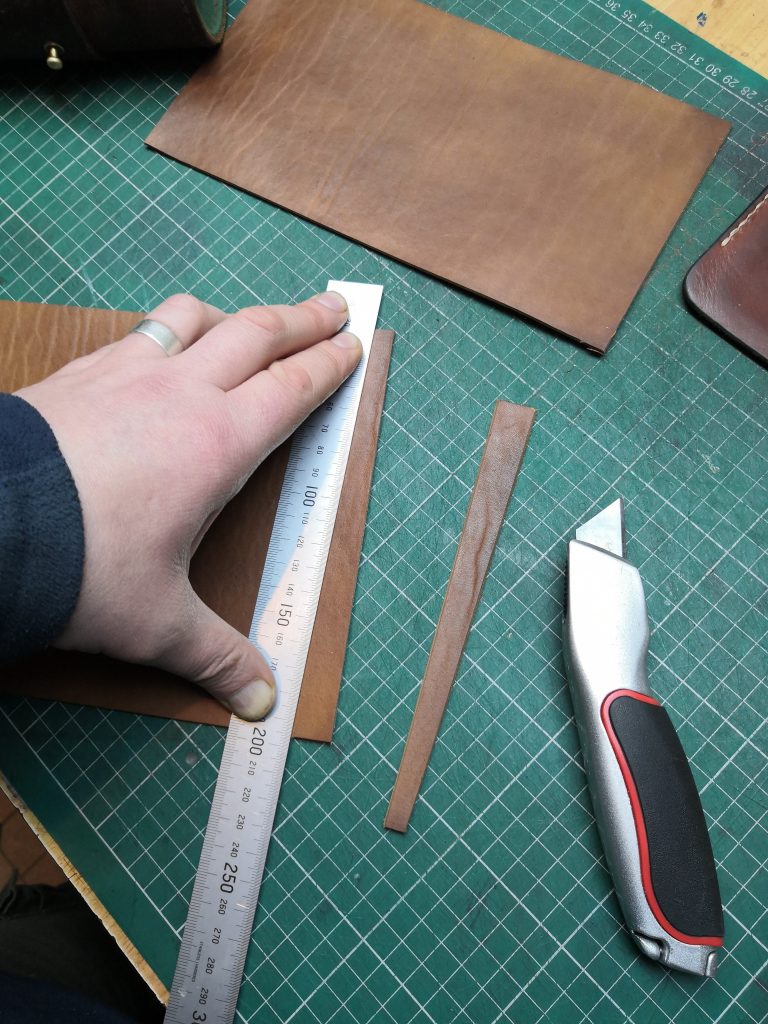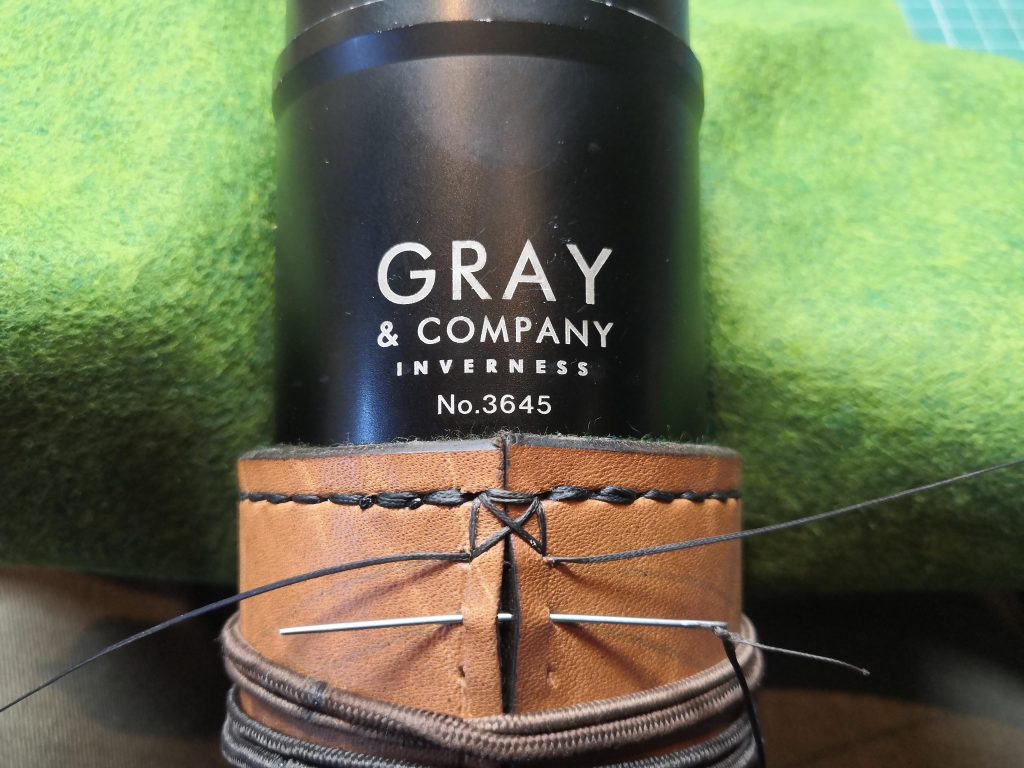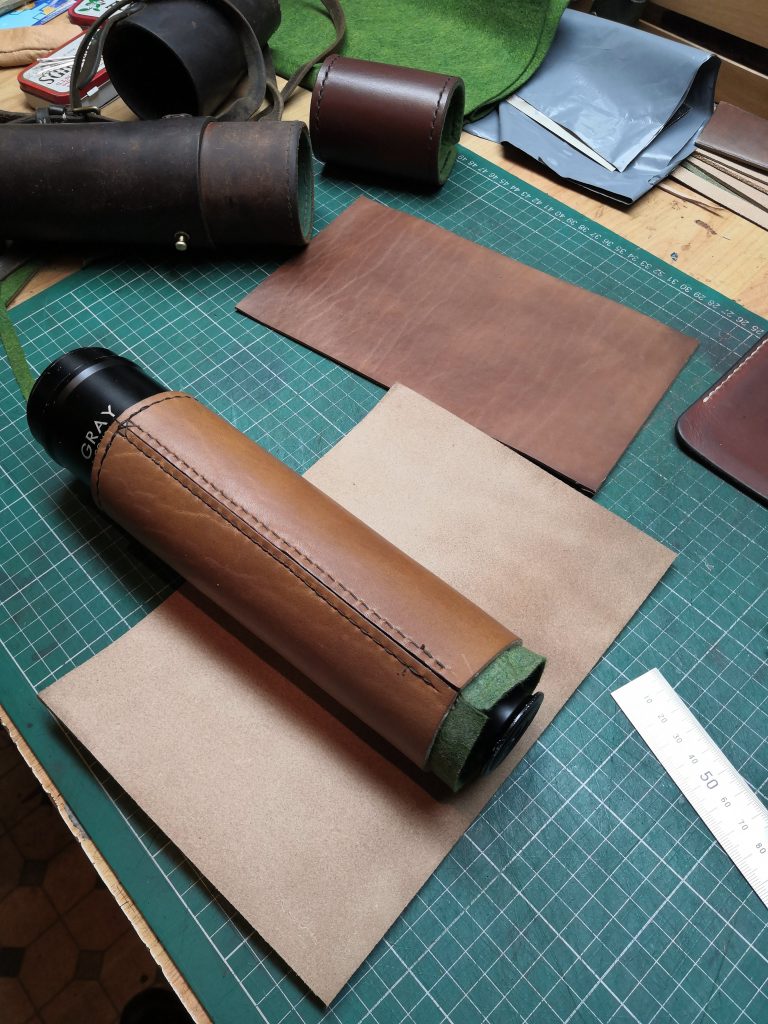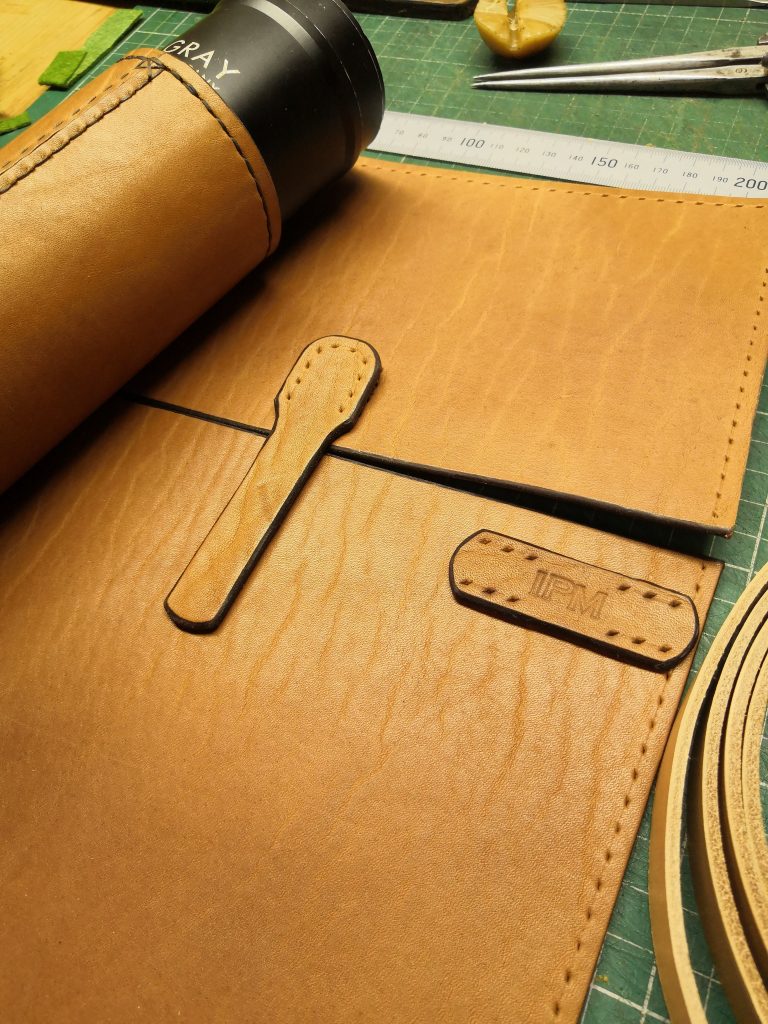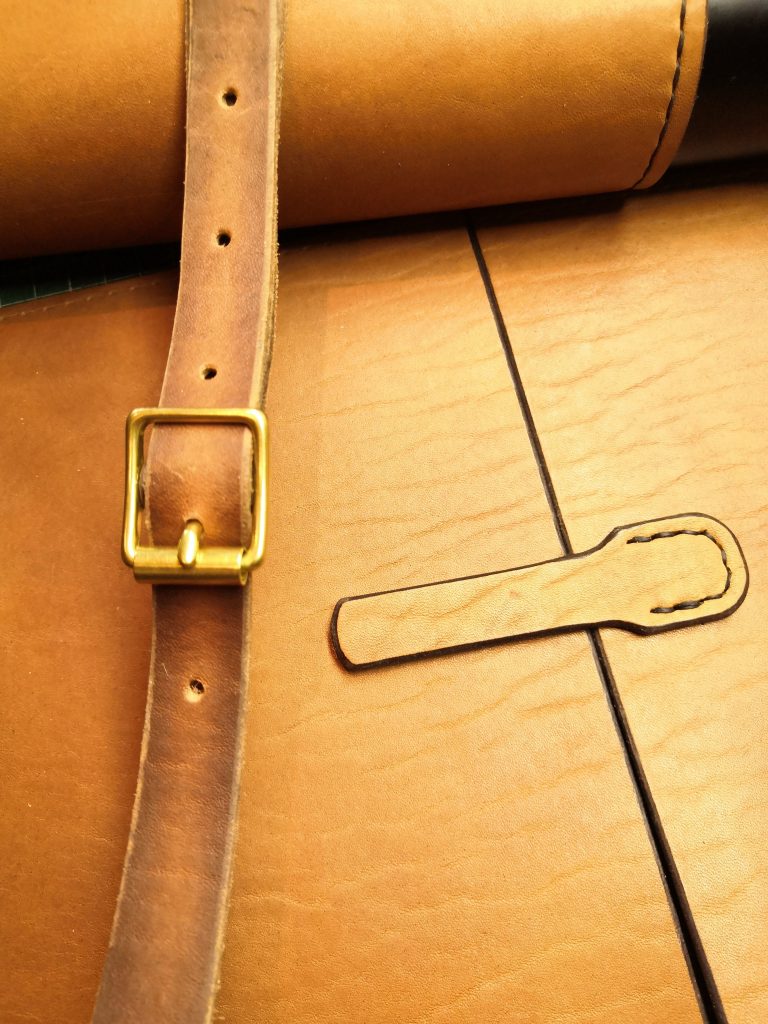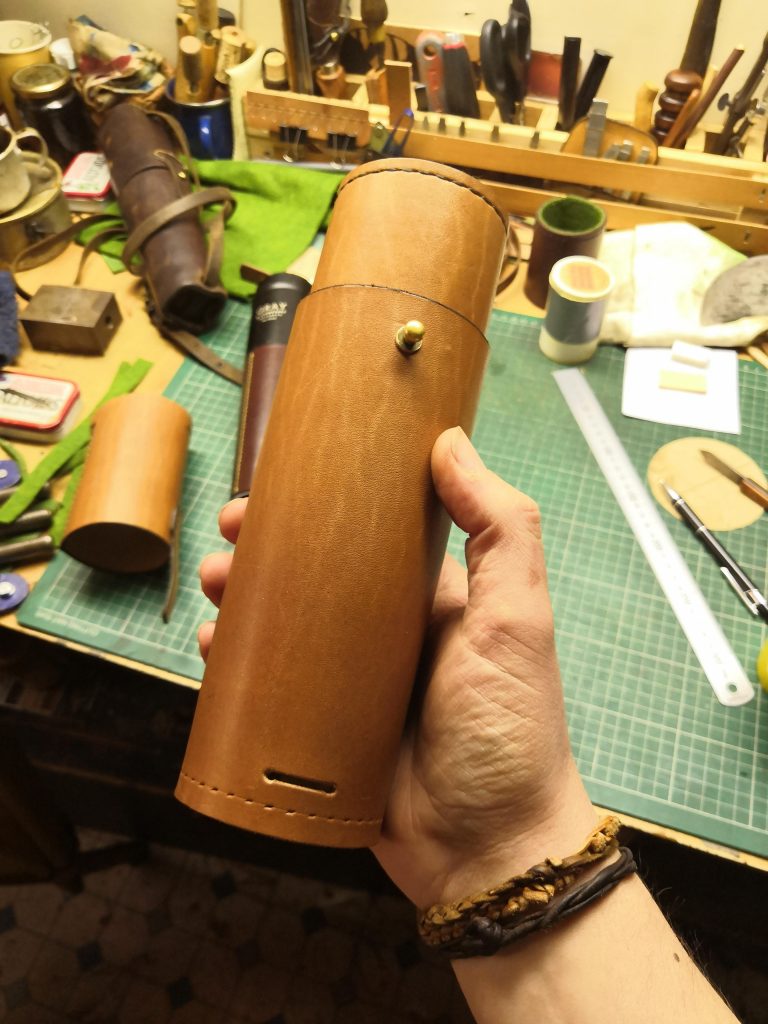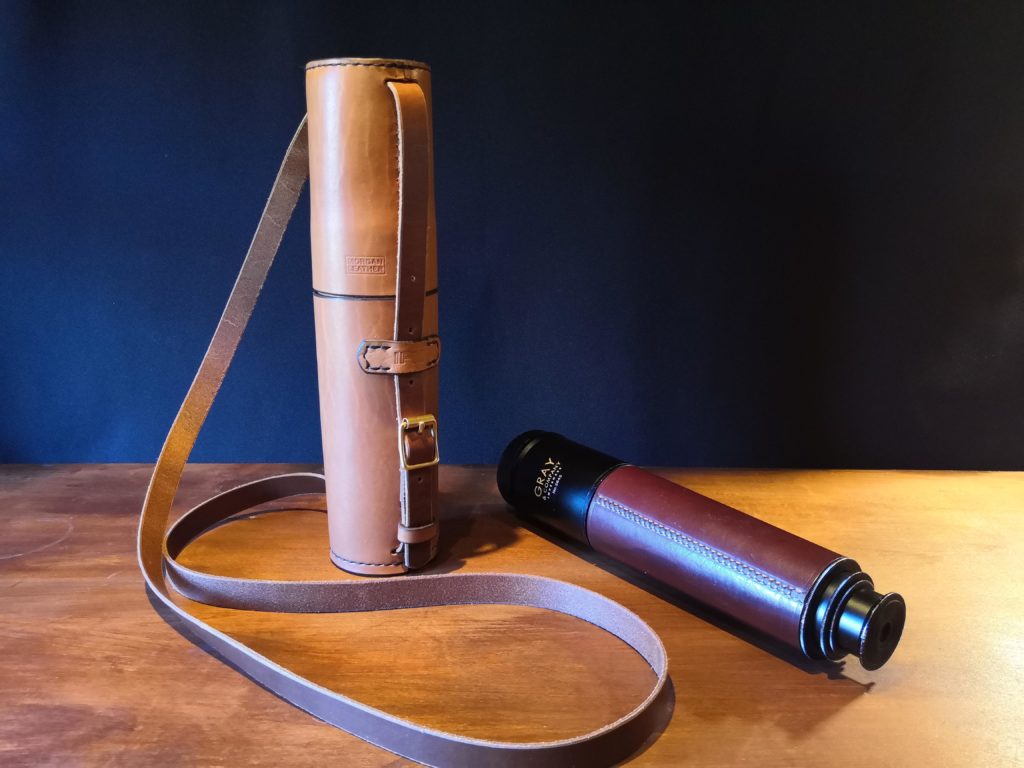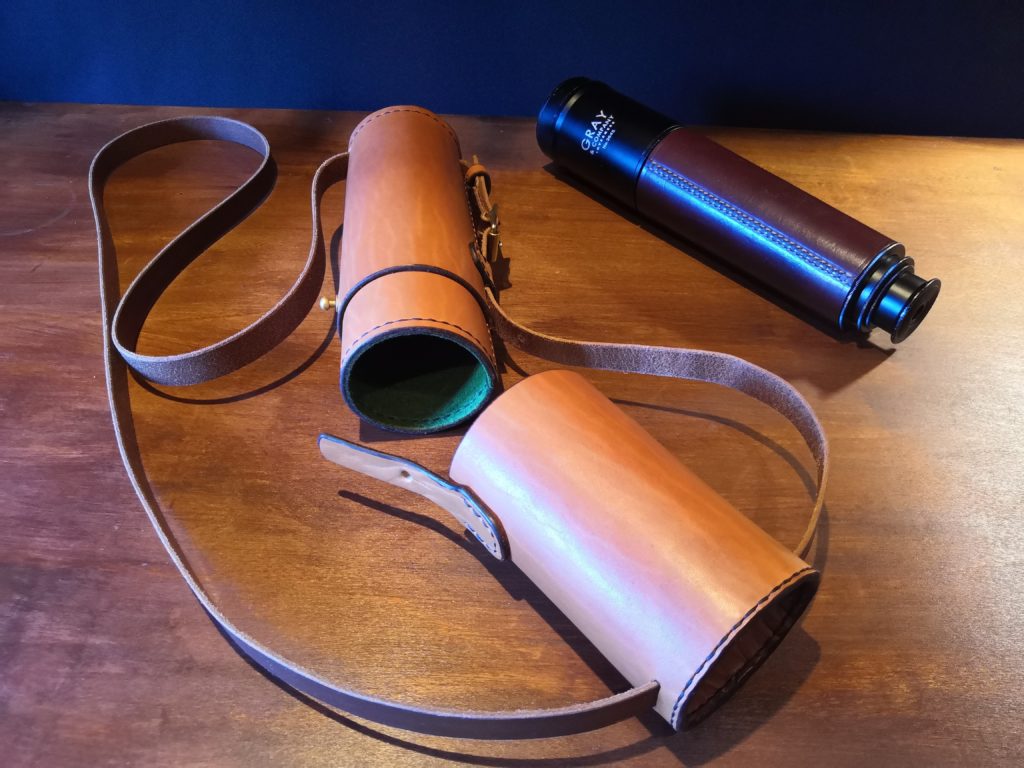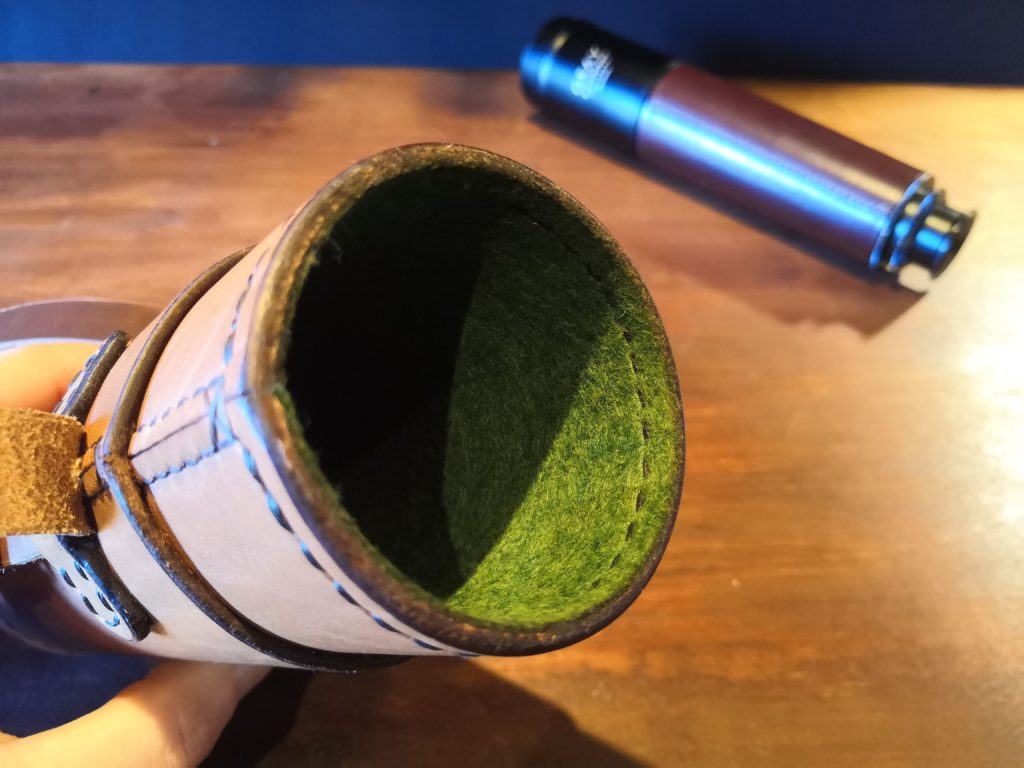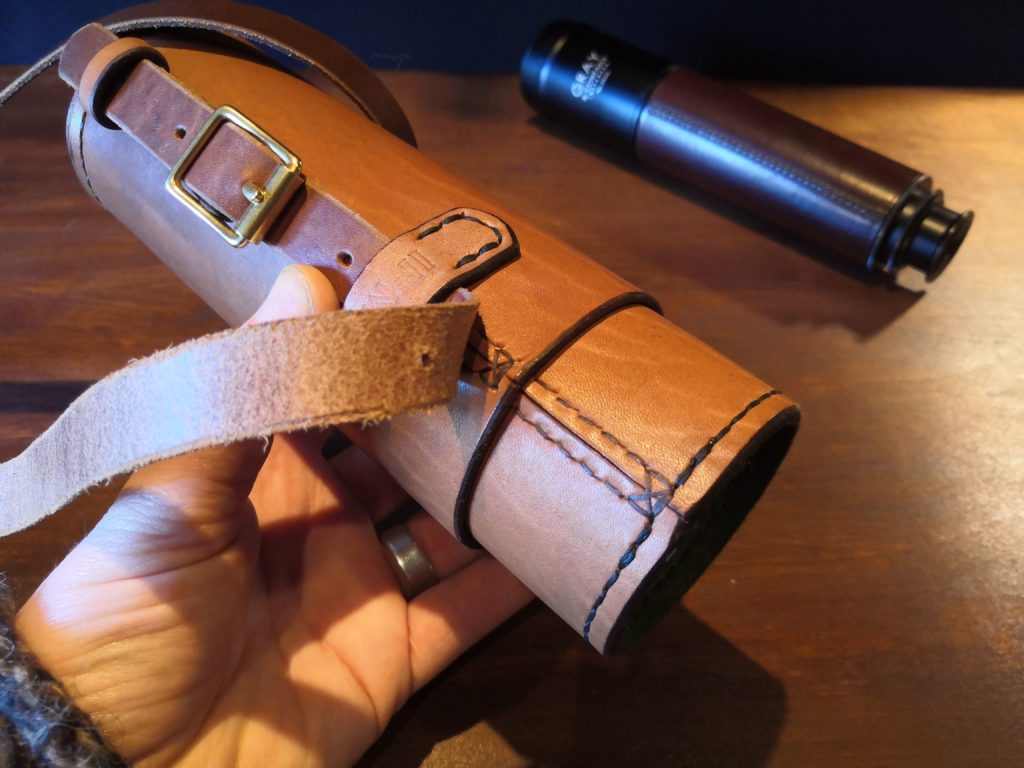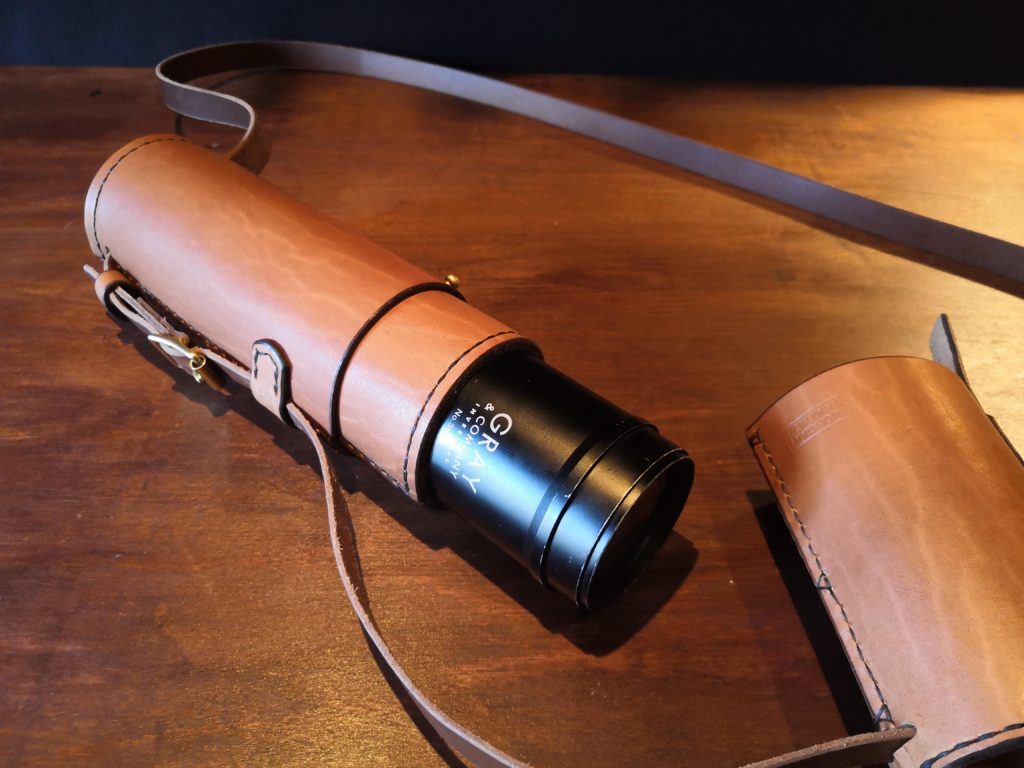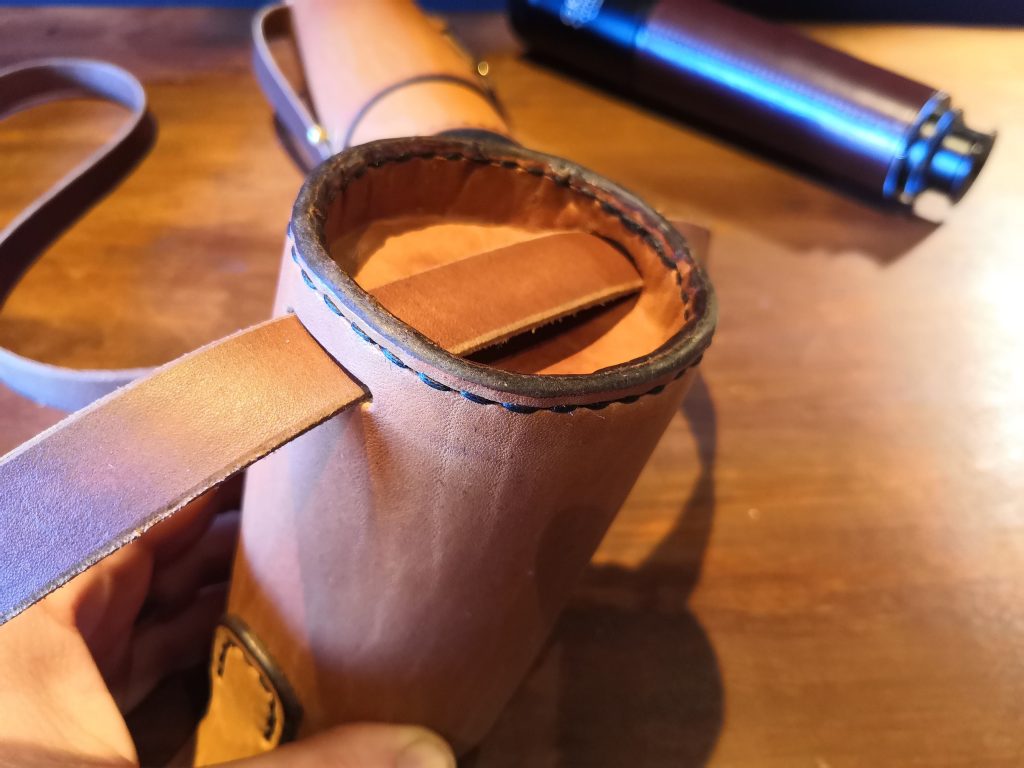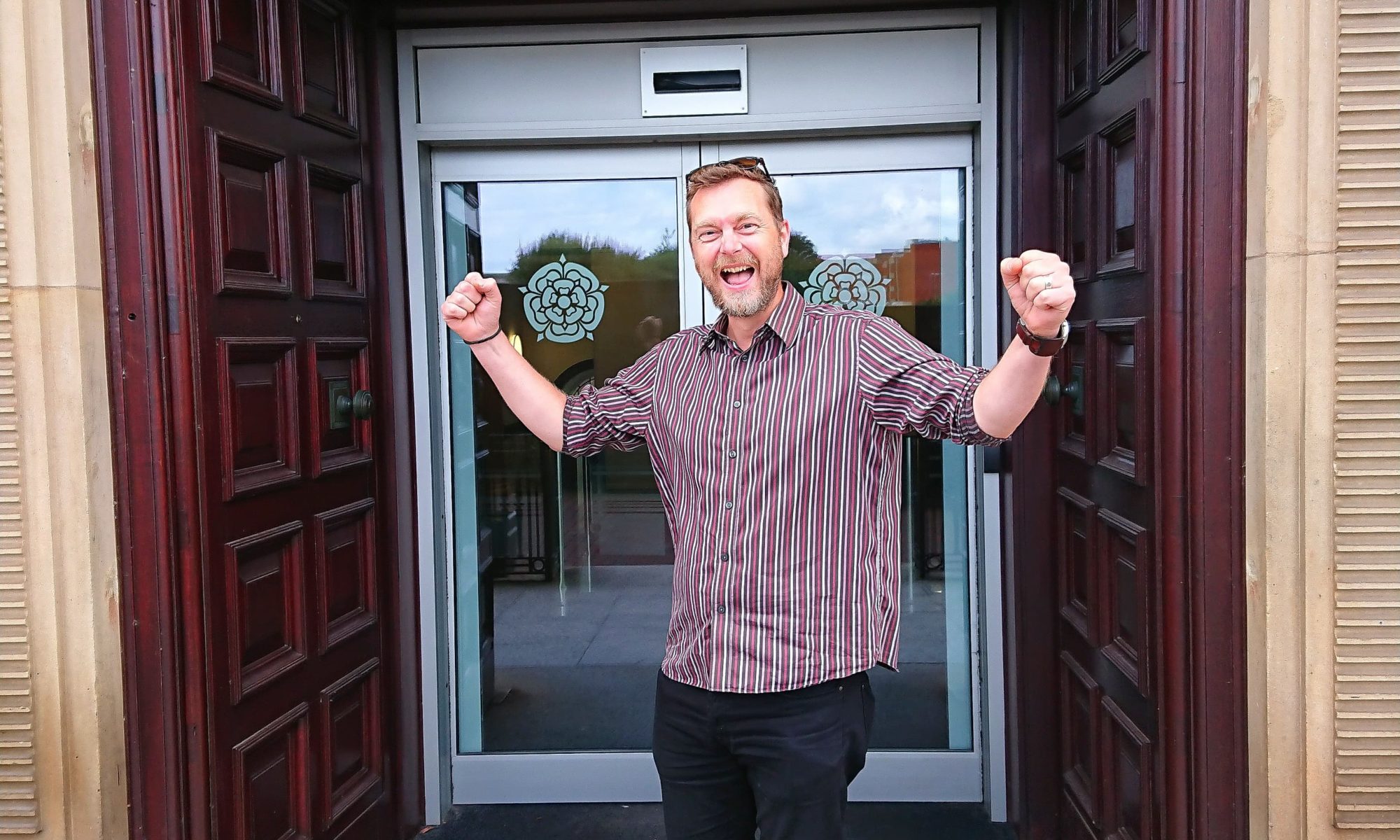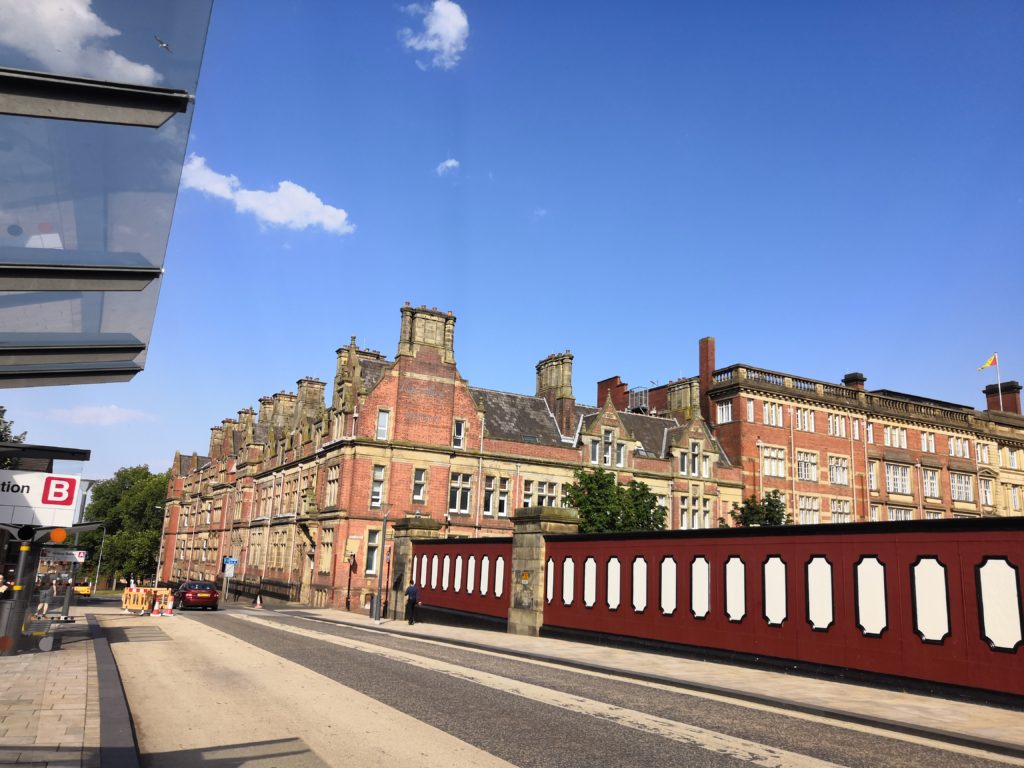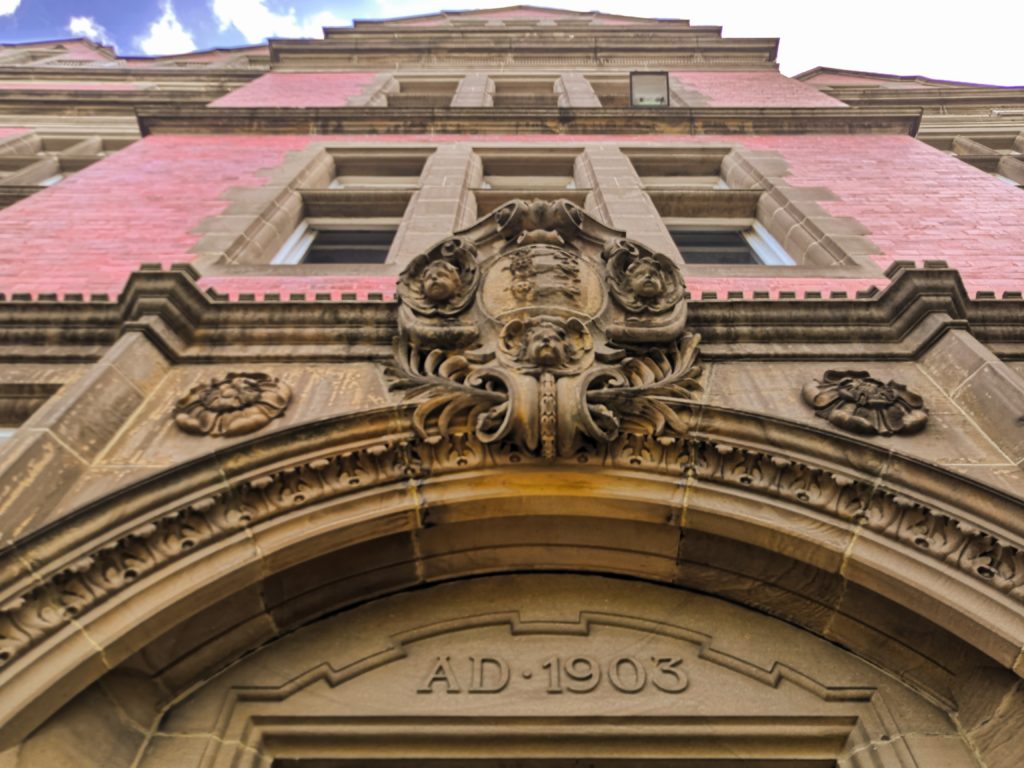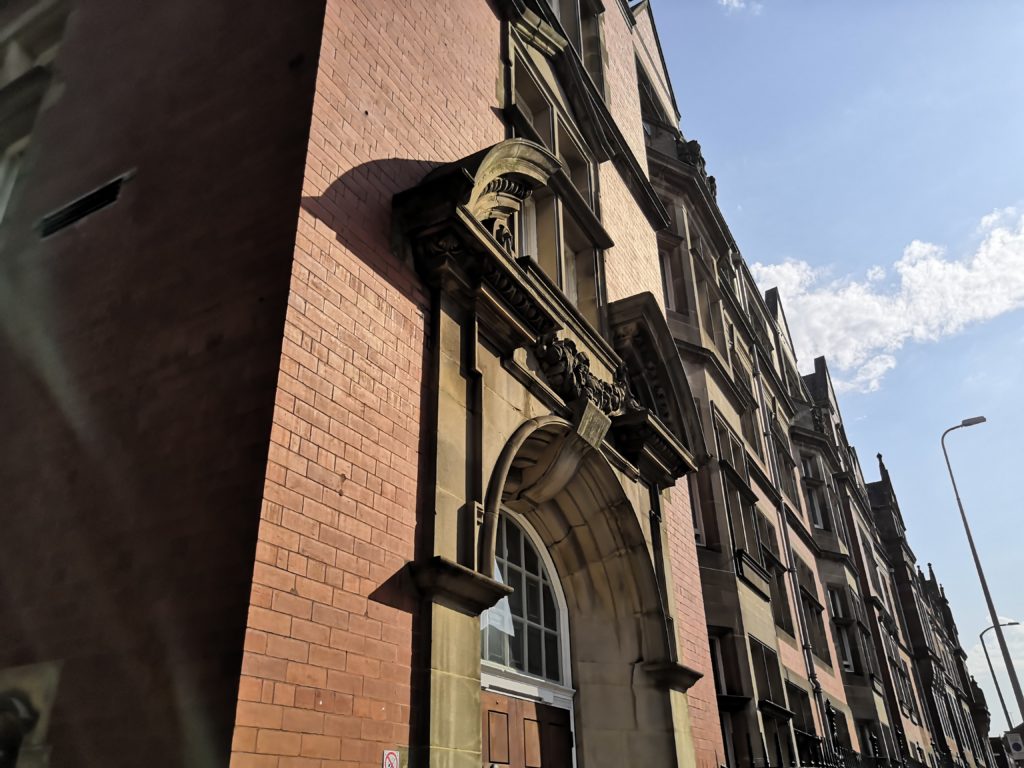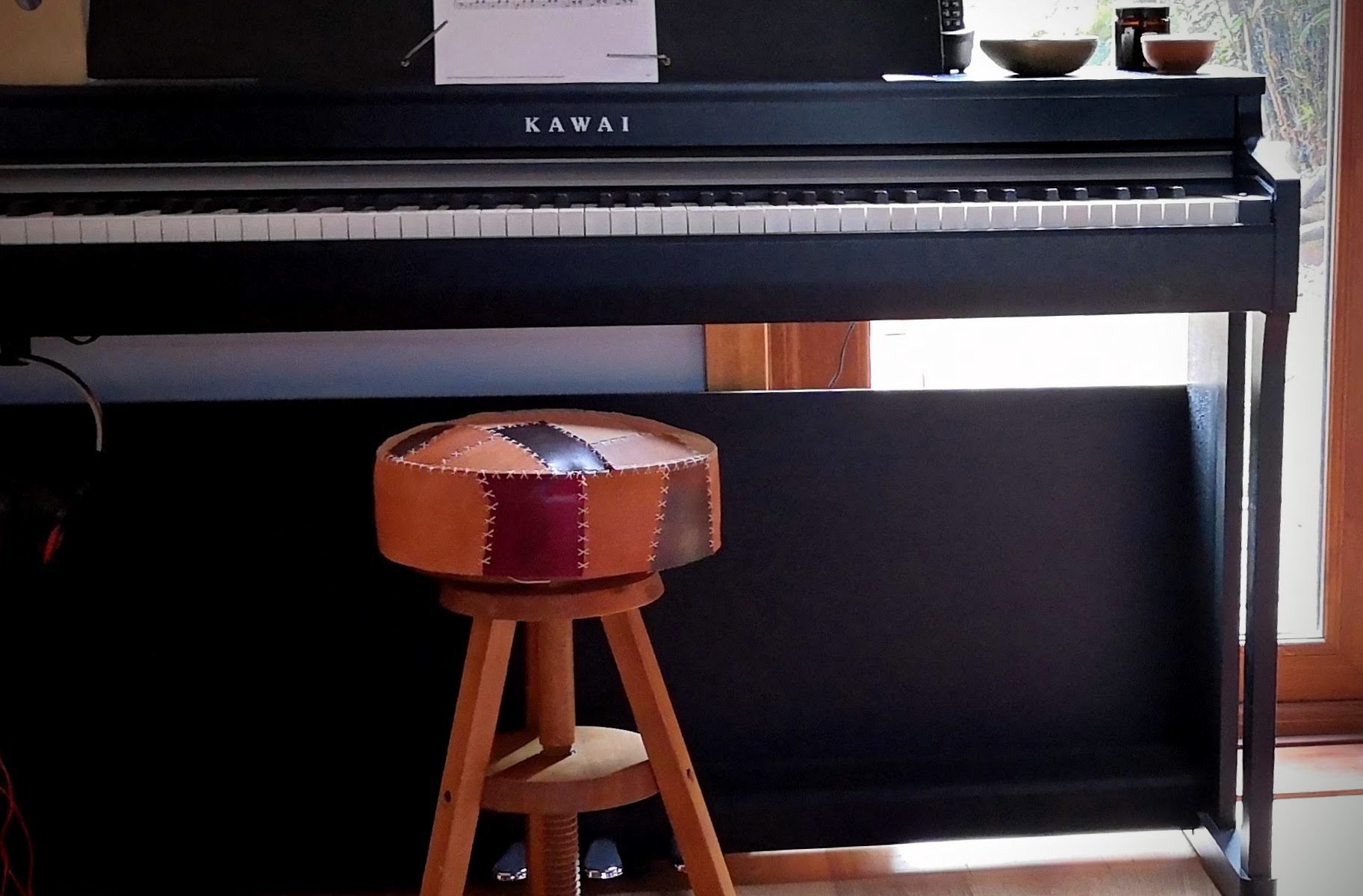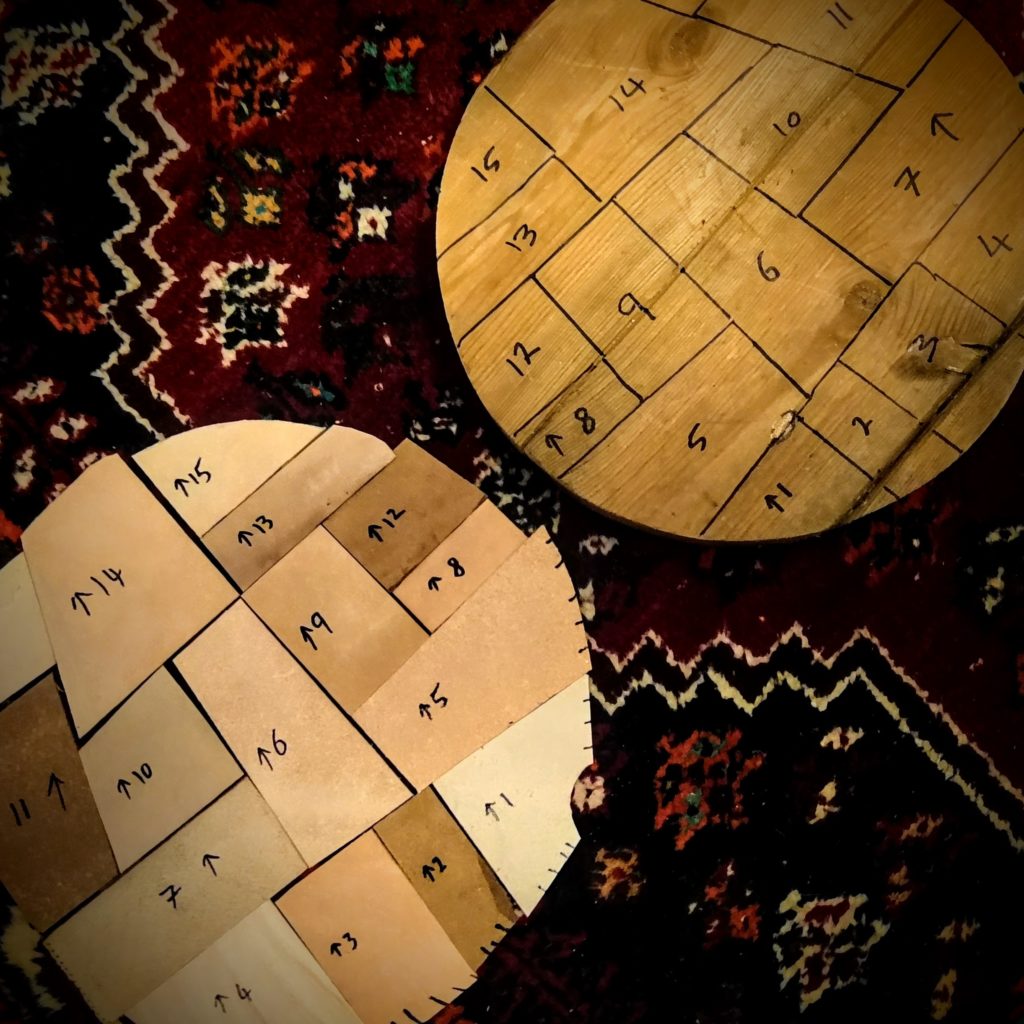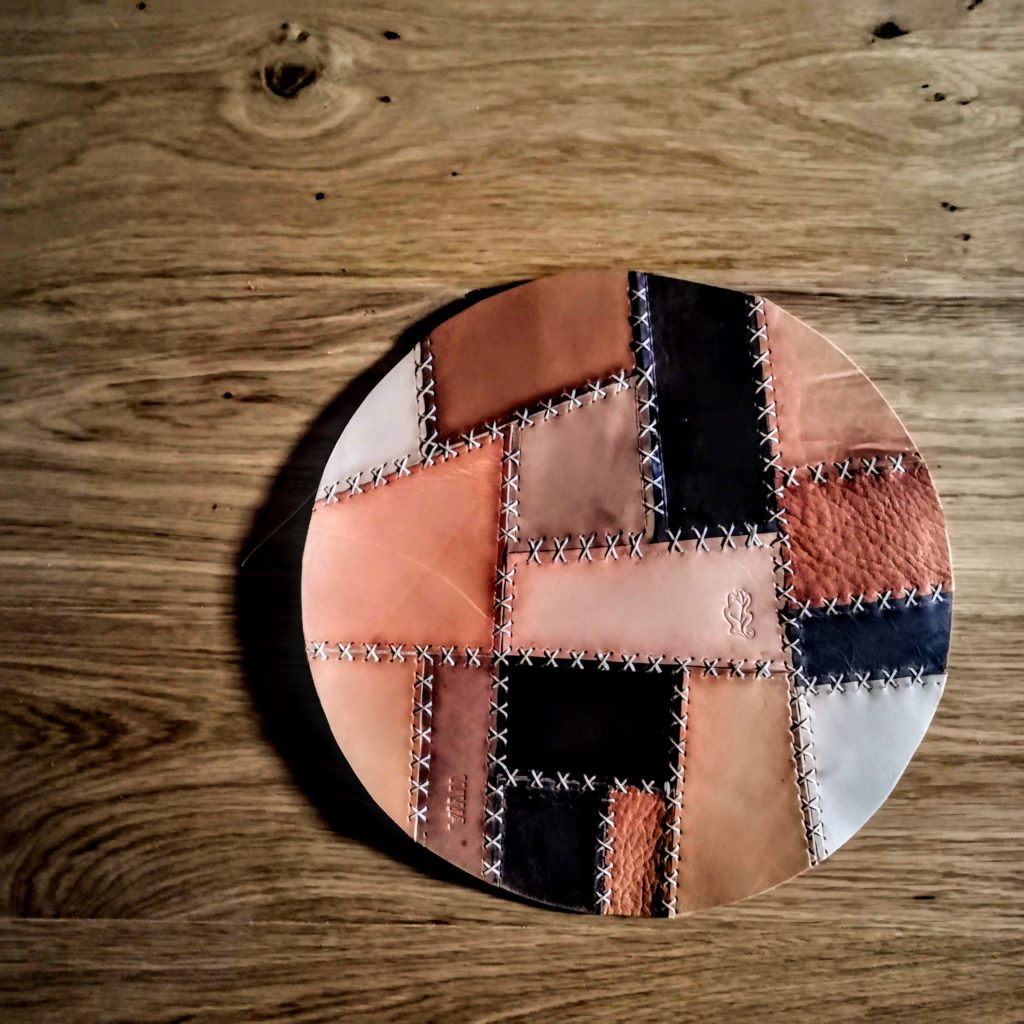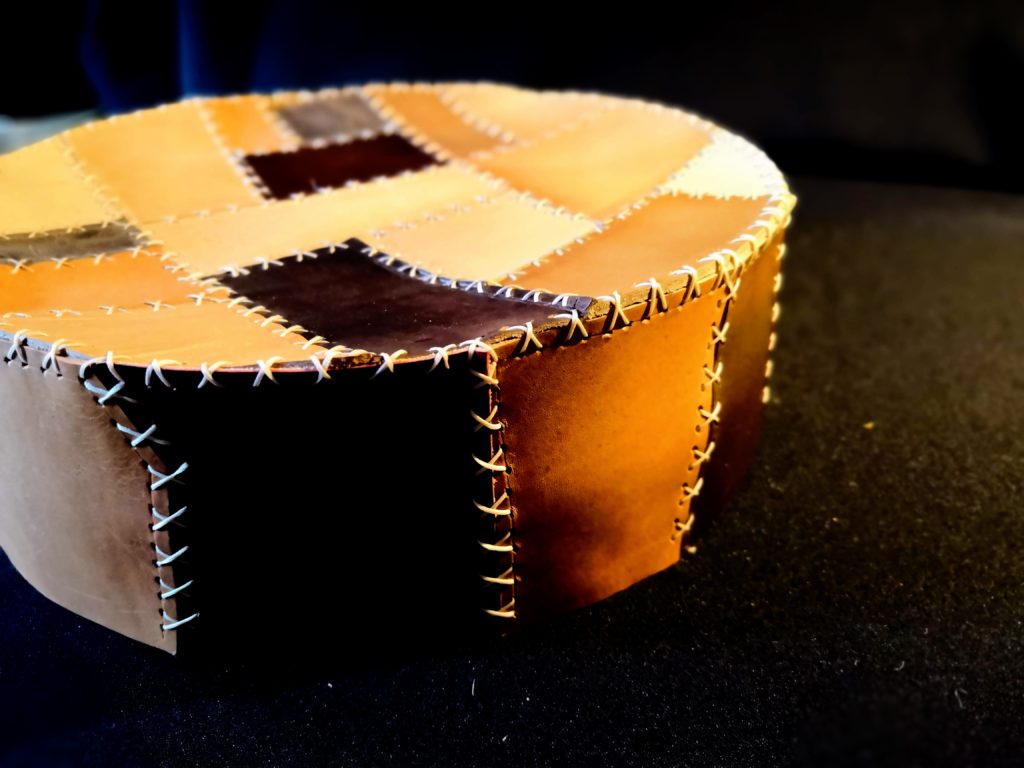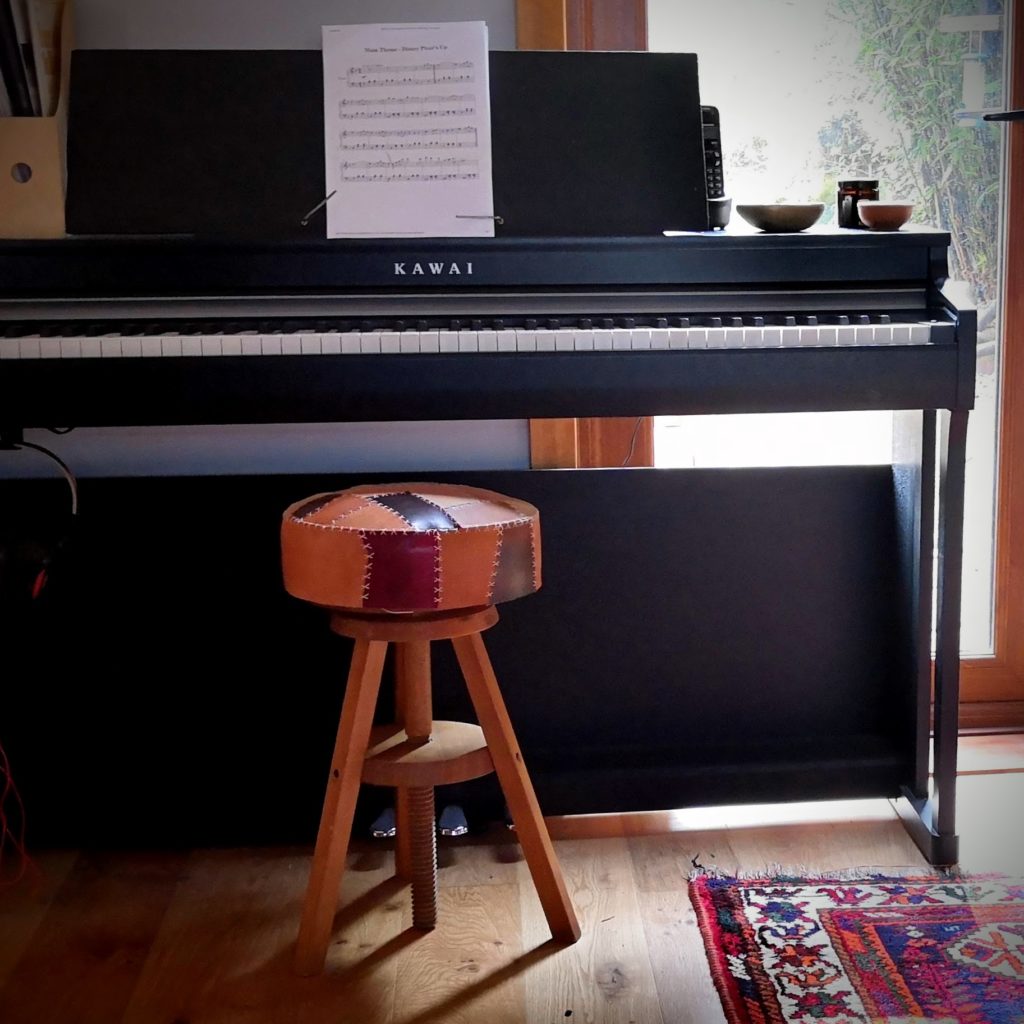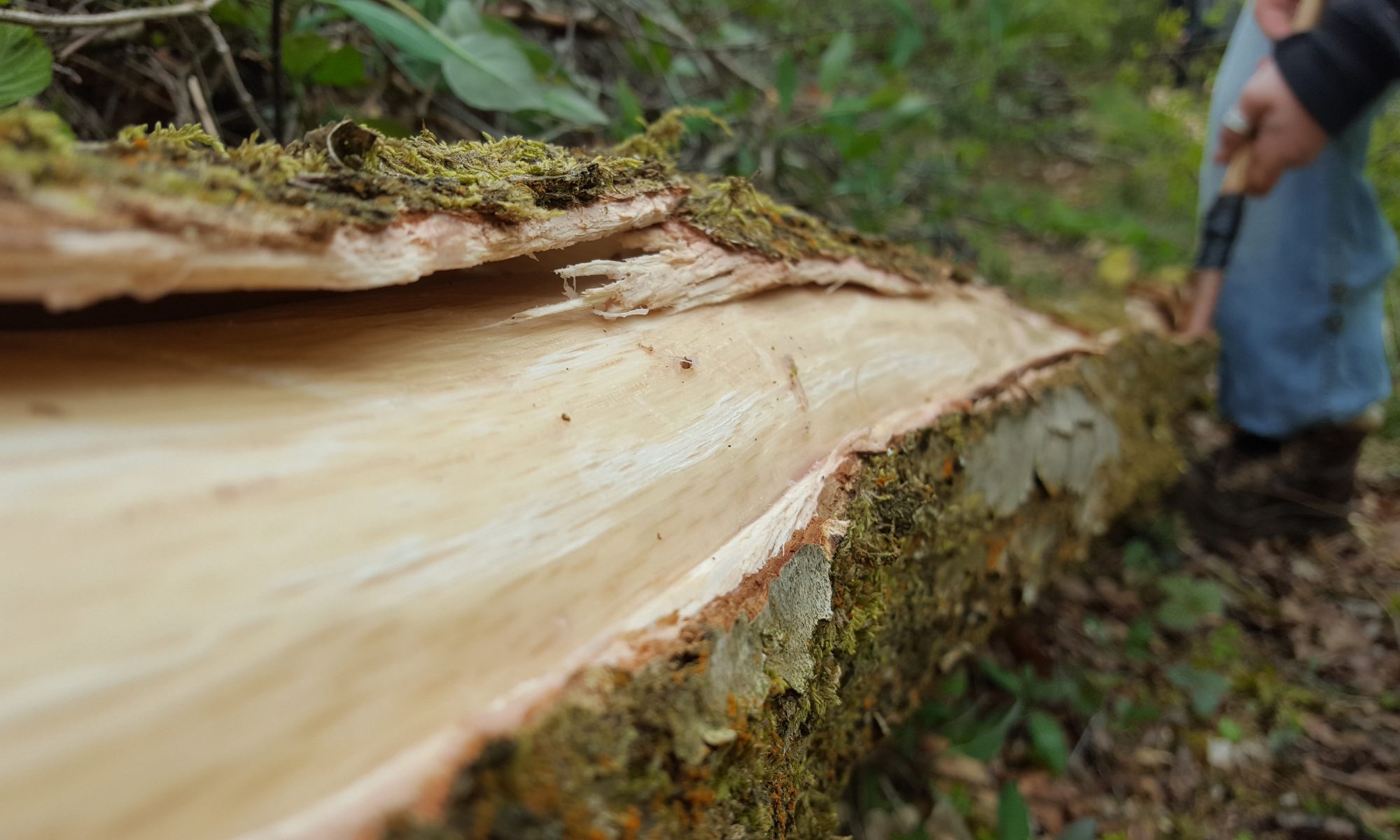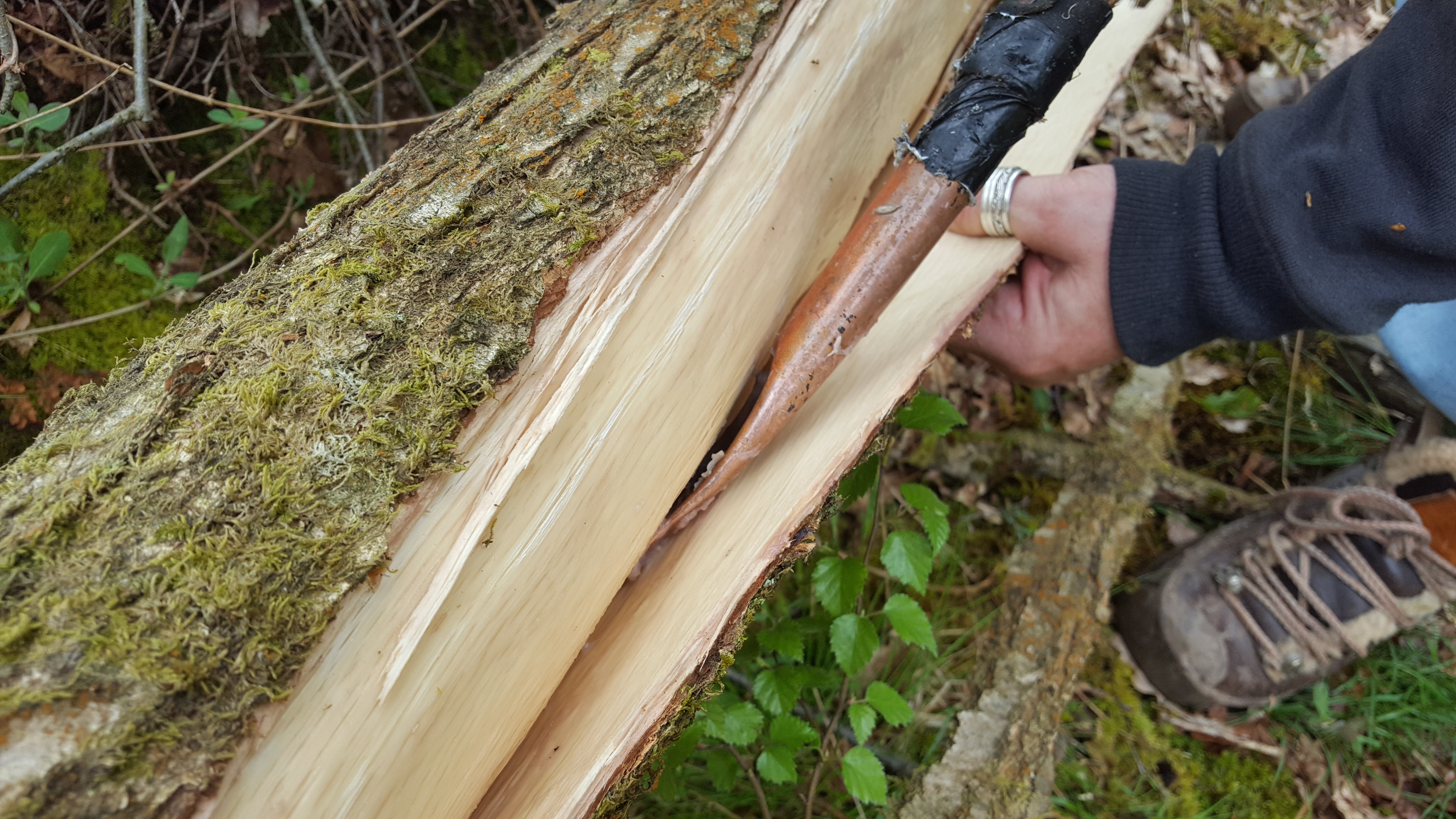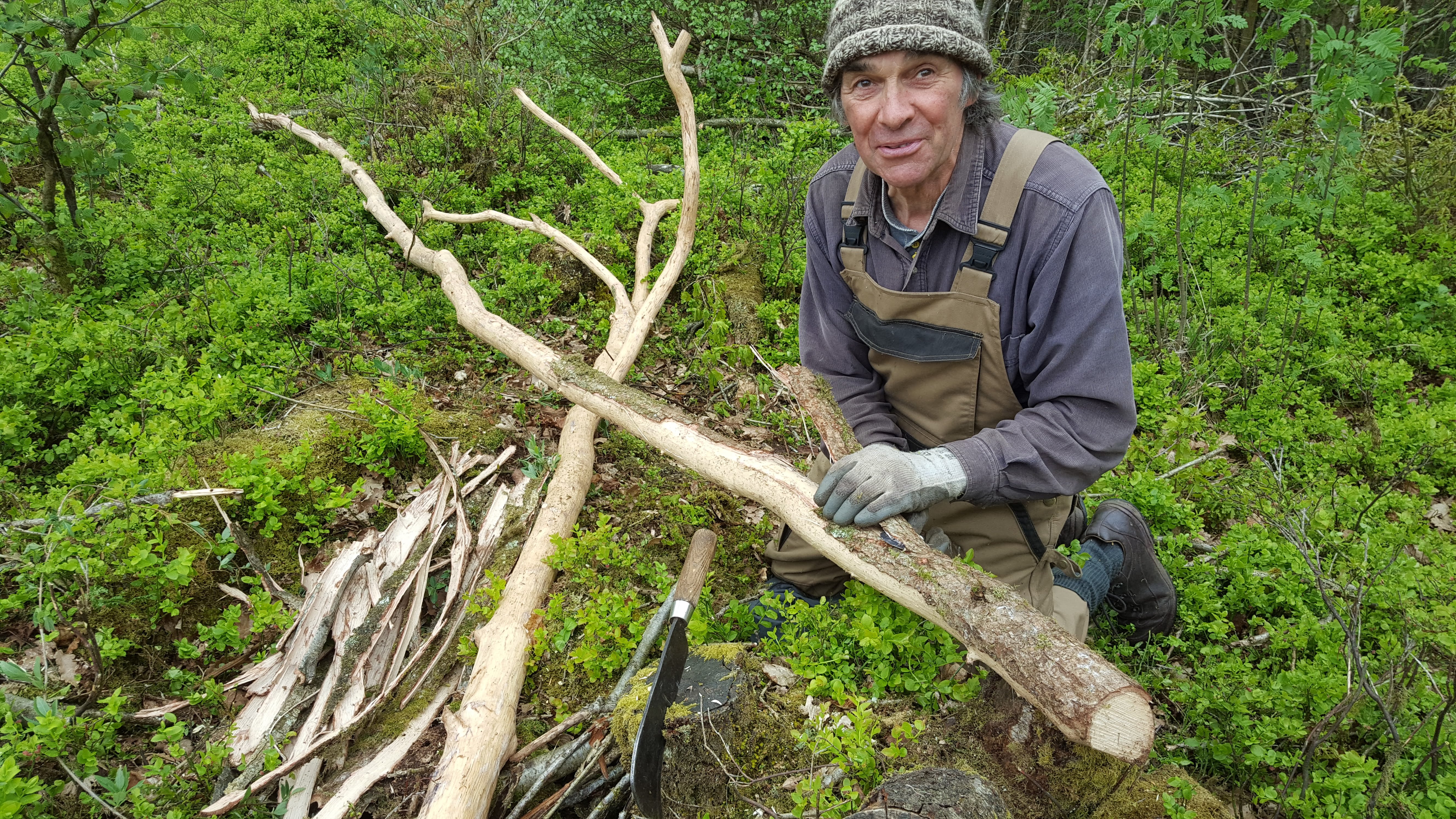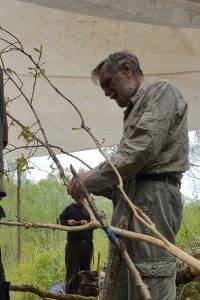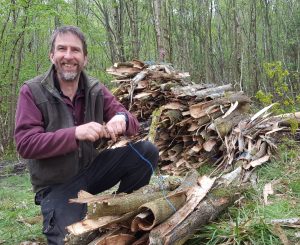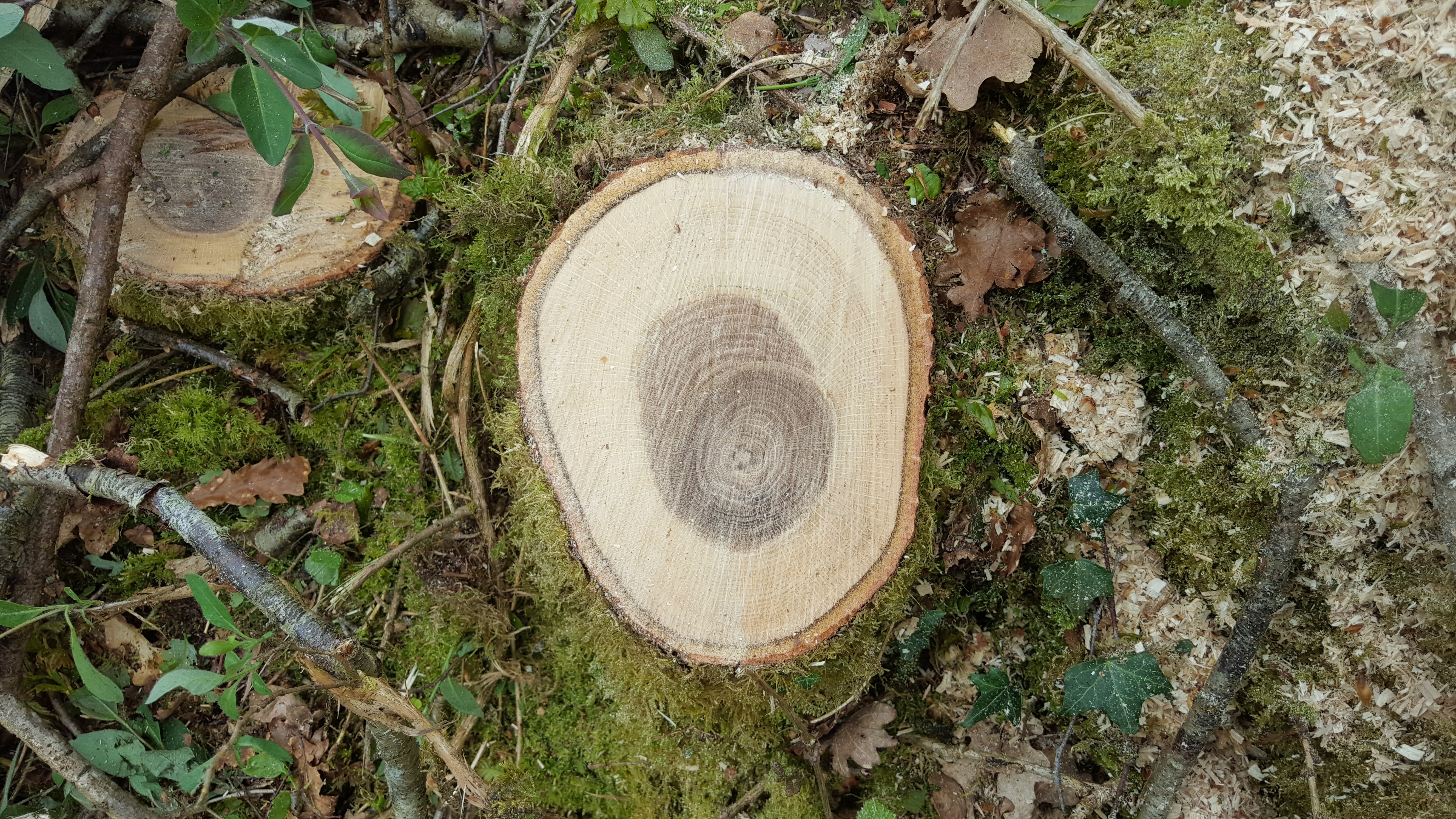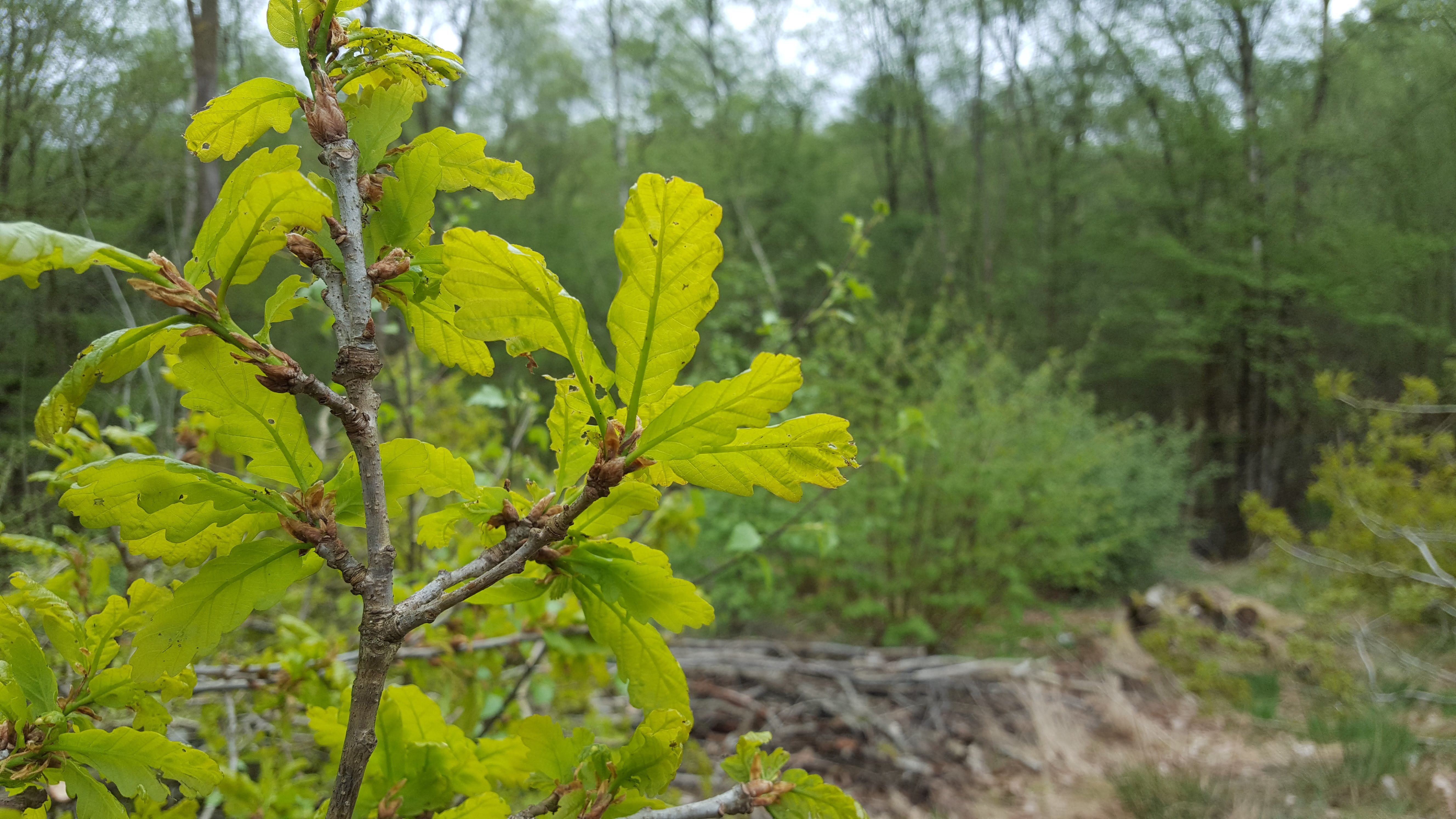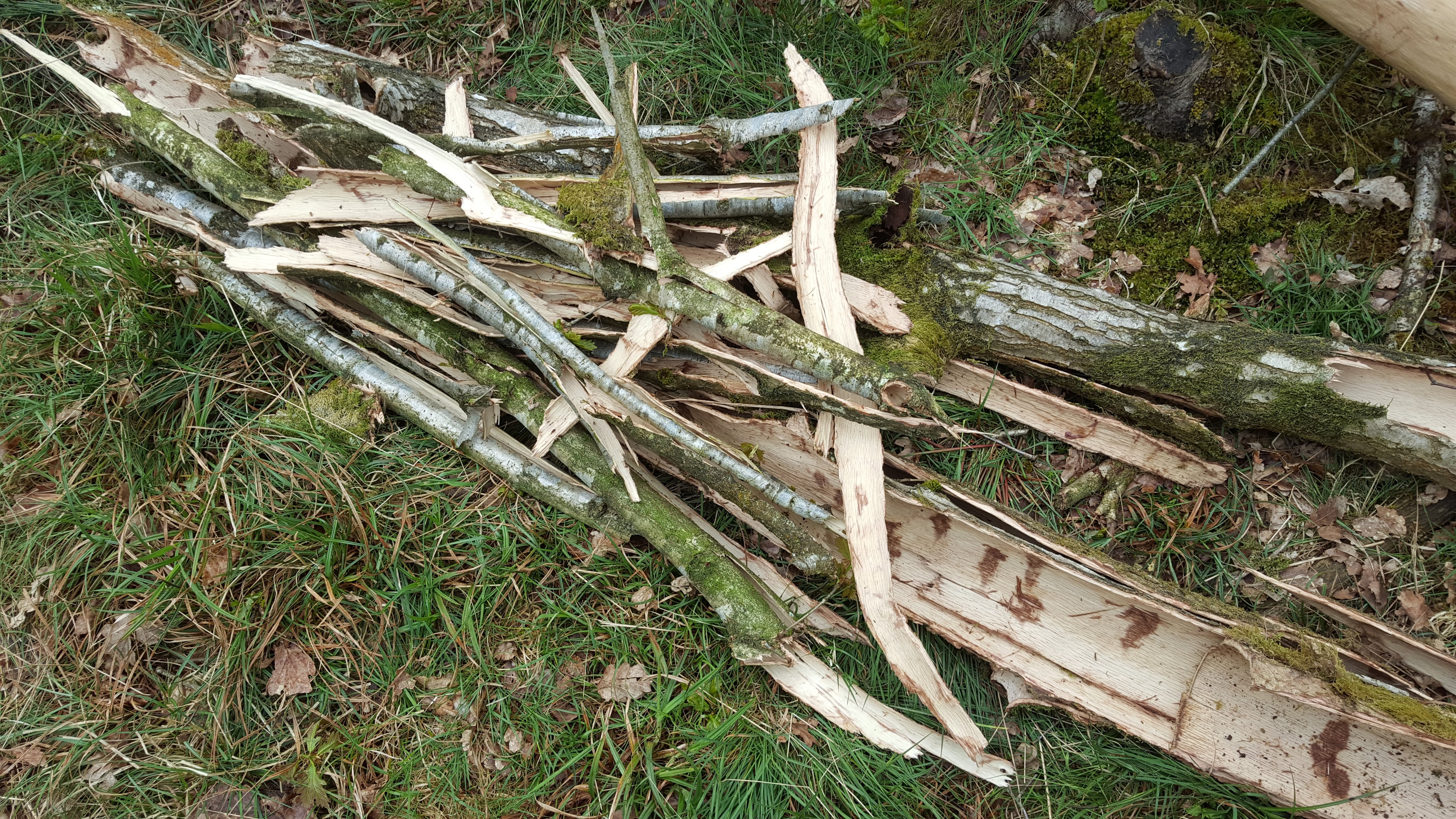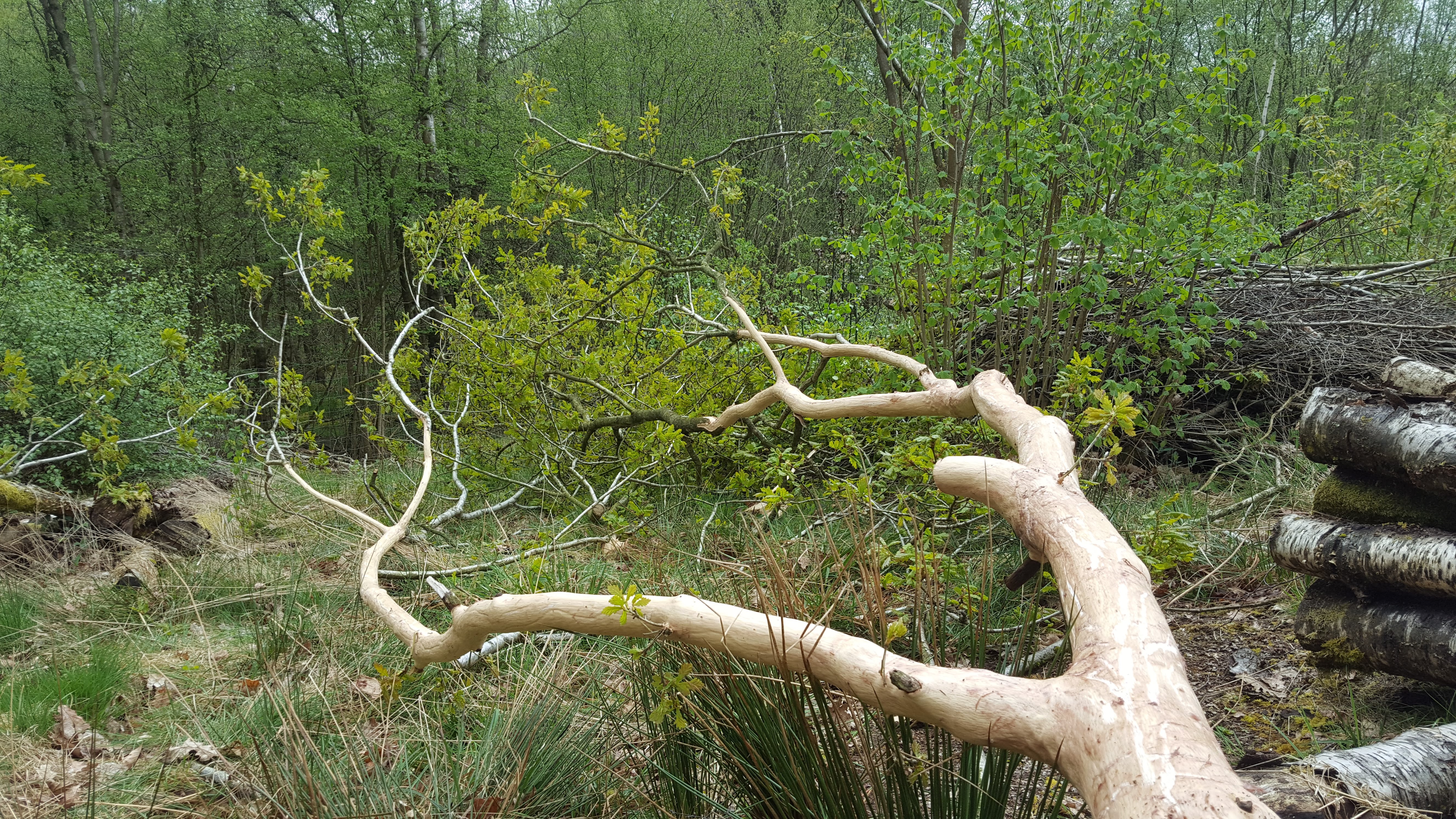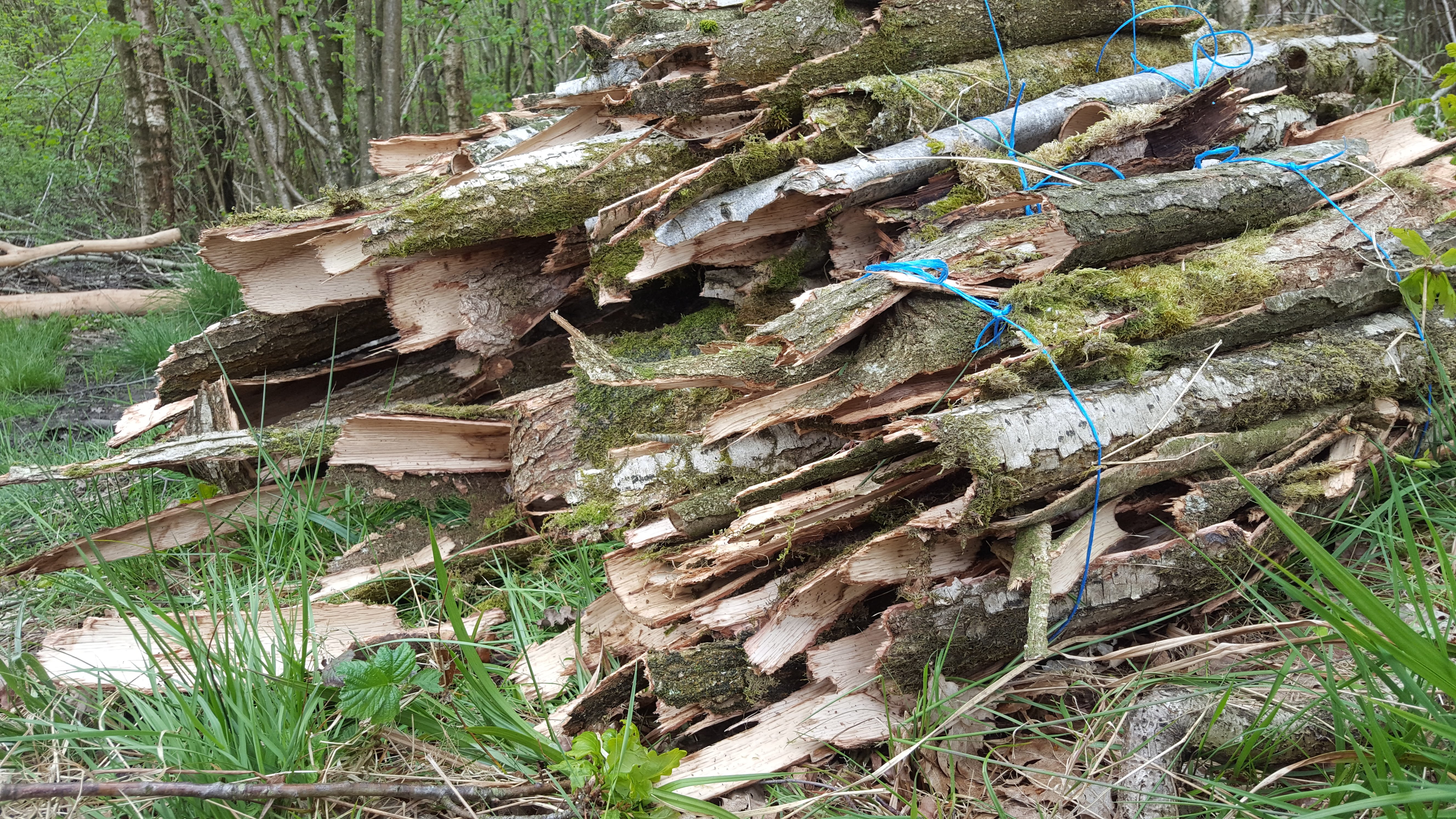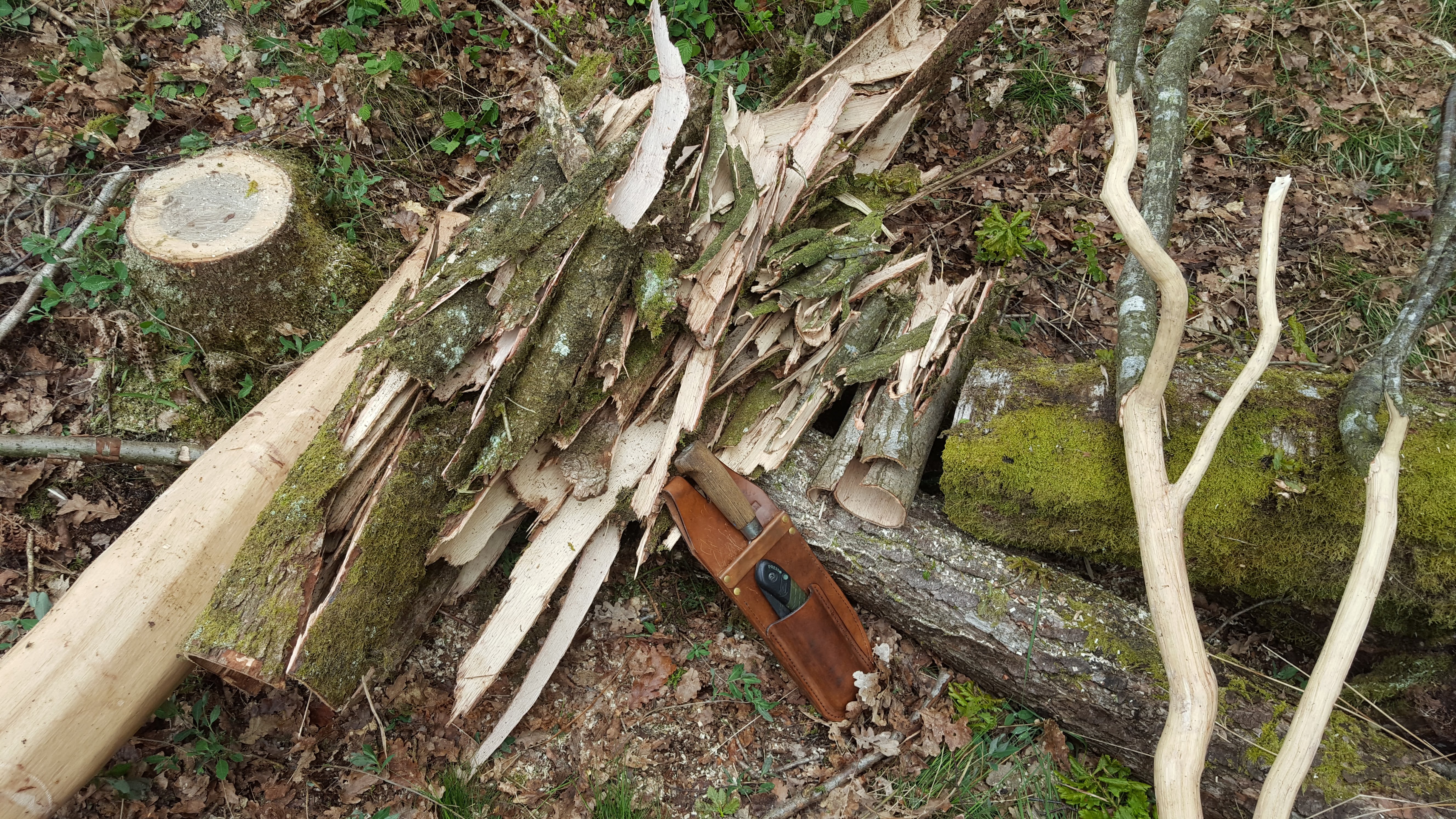Whilst up in the Highlands of Scotland, north of Inverness, I met a man who manages 100 square kilometers of rugged mountains, forests, rivers and lochs. His name is Innes Macneill. A very knowledgeable and proud man of nature.
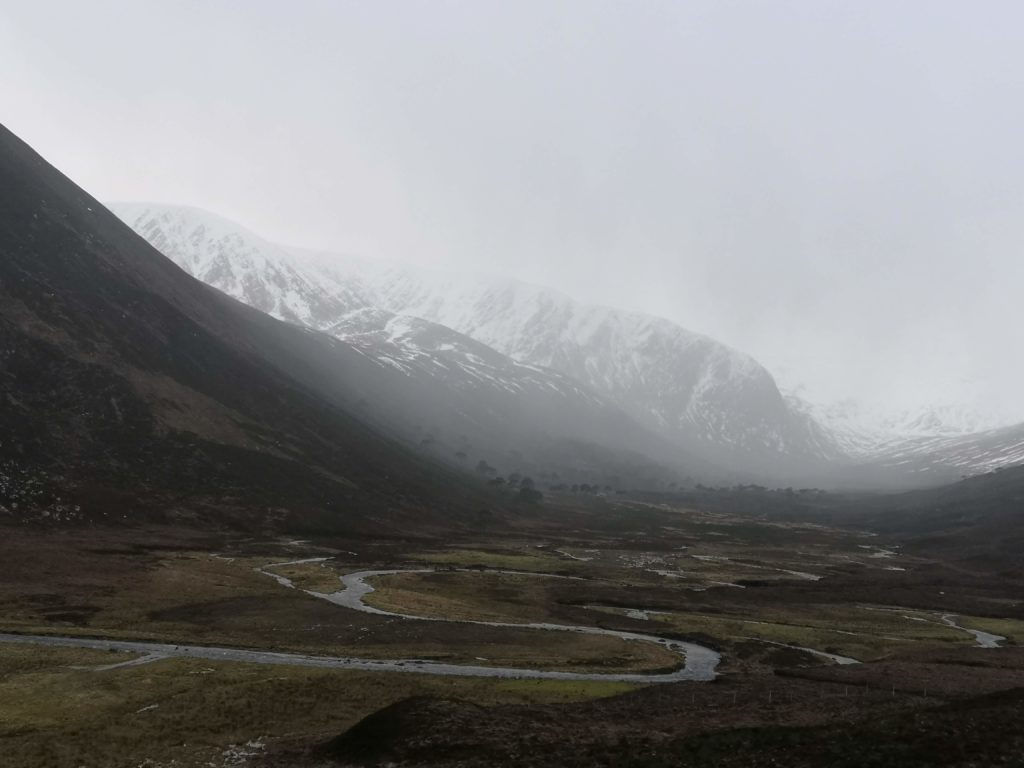
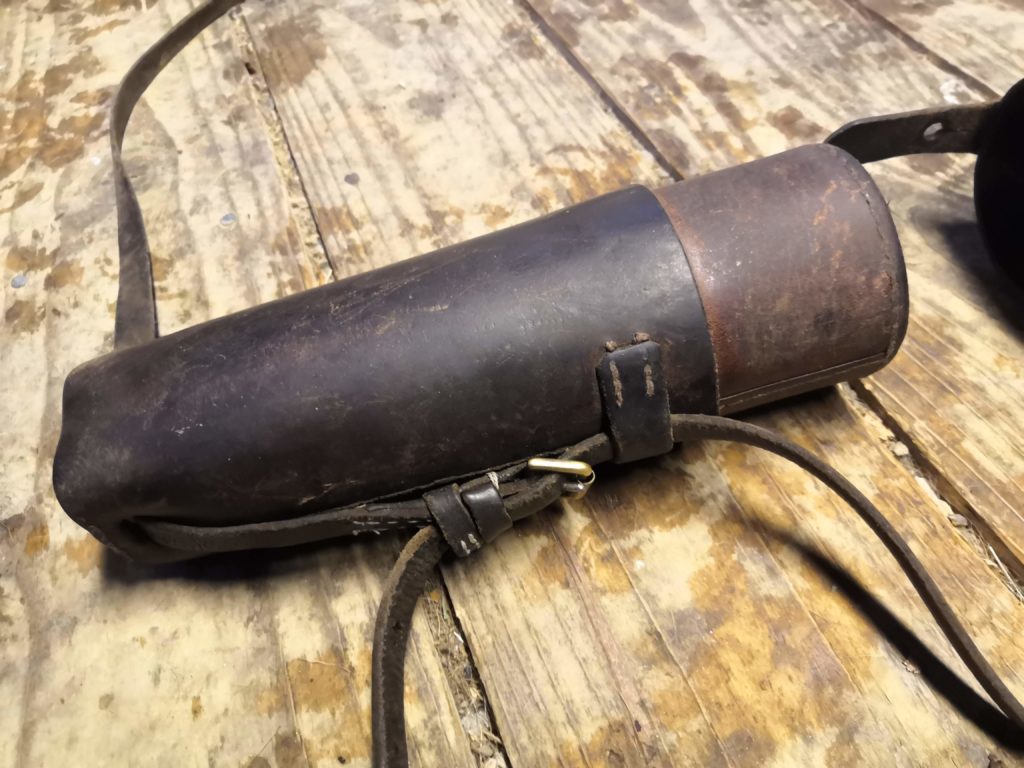
He saw my leather work and so sent his assistant to fetch his Spyglass. The challenge he had for me was to make a new case for it.
Both telescope and original case had lasted him 20 years but the case was starting to fall apart.
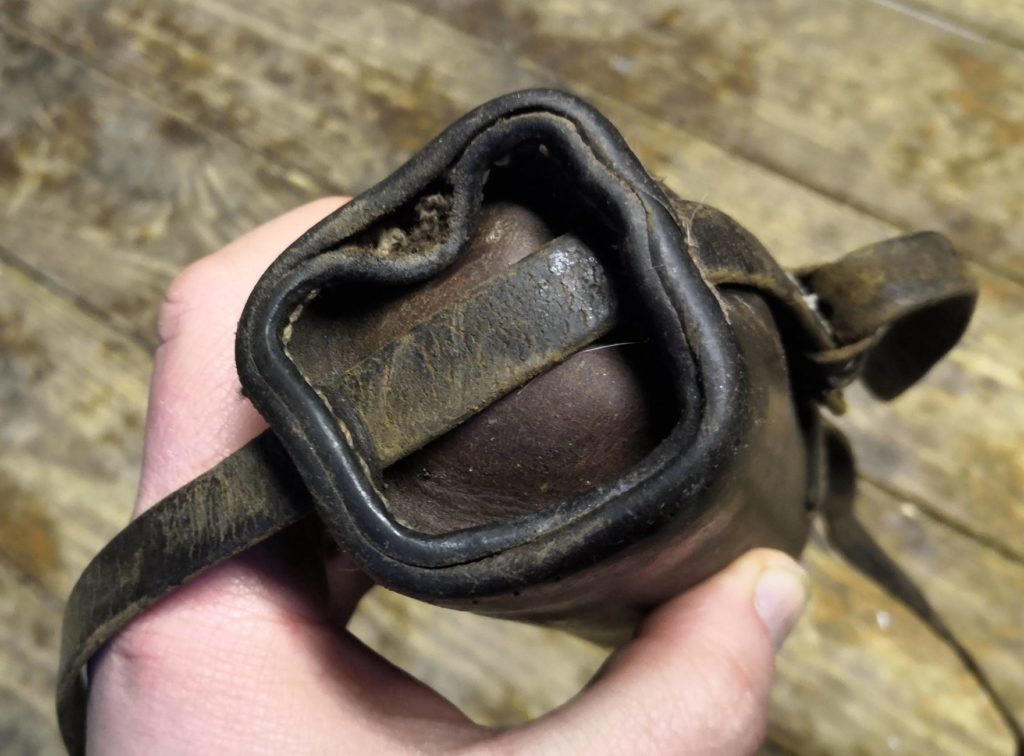
I love bespoke work so I was completely on board, even though there were a few unknowns I had yet to work out. The first challenge was working out how to mould the end pieces of leather to fit inside the tube.
Luckily he allowed me to take the old case and his spyglass away so I could make a new one to fit perfectly. This was a great honour, especially as he trusted me to take care of his precious instrument.
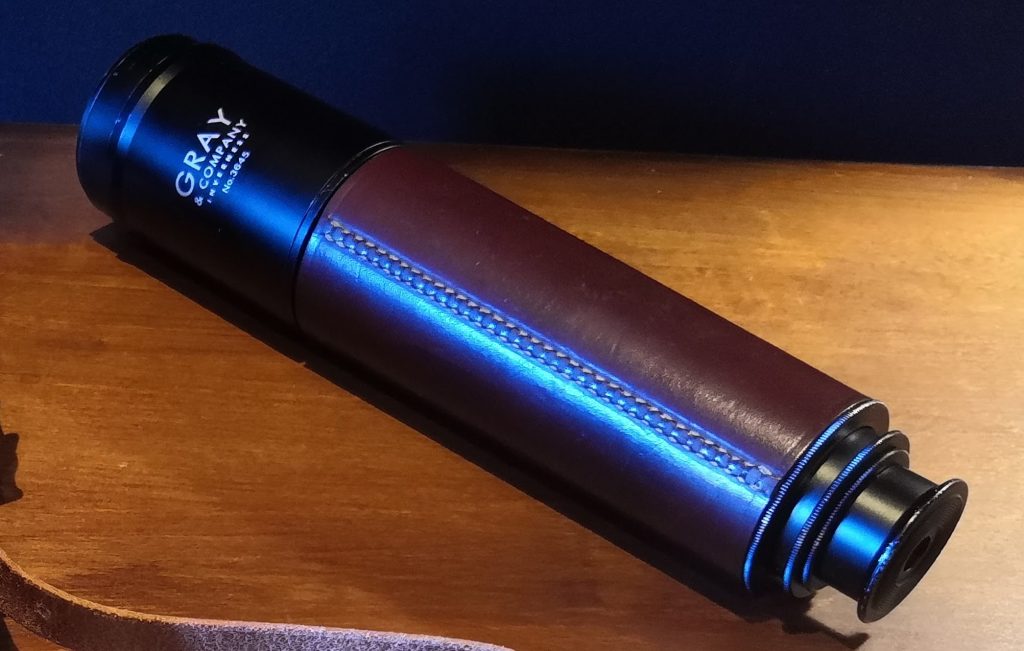
Innes uses his spyglass for sighting deer when stalking. The deer numbers need to be culled as there are no predators other than humans.
It is telescopic, with three sections sliding out, the last section allowing you to focus, giving a crystal clear view.
The second challenge was to learn how to line the inside with felt. I’ve never lined any of my work before so off to YouTube to find out how other people do it!
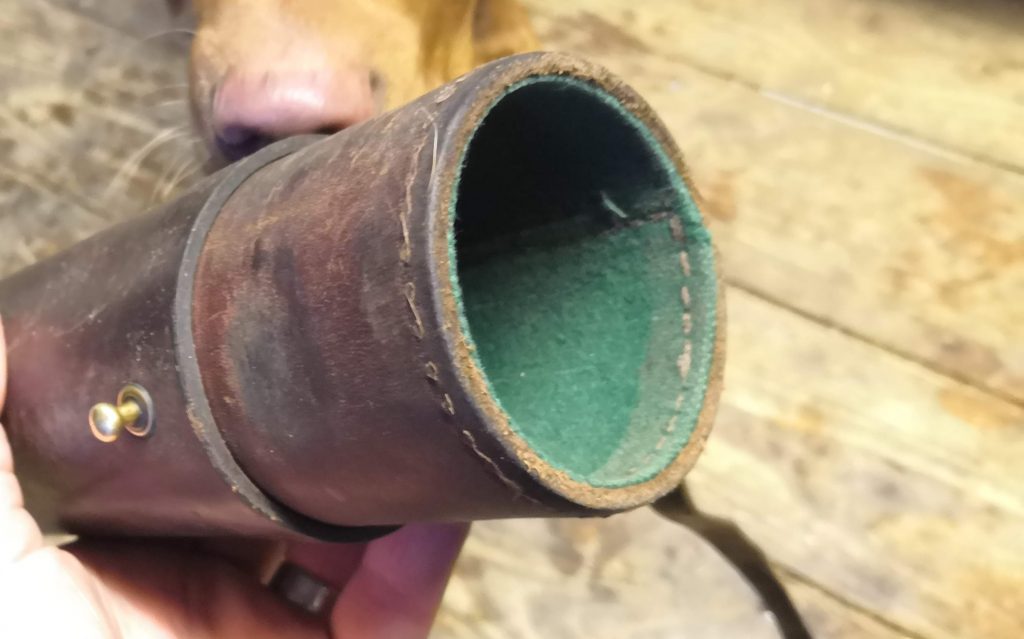
Once I’d worked out how I made a test piece, which I decided could be a dice cup (anyone want it?!)
Pleased with the result I started making the case from oak bark tanned British cow leather – a very traditional and rugged leather that will last for many years to come.
It took me two full days but I got there in the end. And what a pleasurable experience it was. I molded the ends by wetting circular pieces of leather and pushing them into the right-sized cup with a slightly smaller plastic bottle! Worked a treat!
Here’s the end result:
I made a short video to show you how it all fits together…
So, do you like what you see? Do you have an unusual leather need? Something you can’t just buy from the high street or Amazon? Drop me a line and I’d be happy to chat. Or maybe you also have a Gray & Company spyglass that needs a new case!

